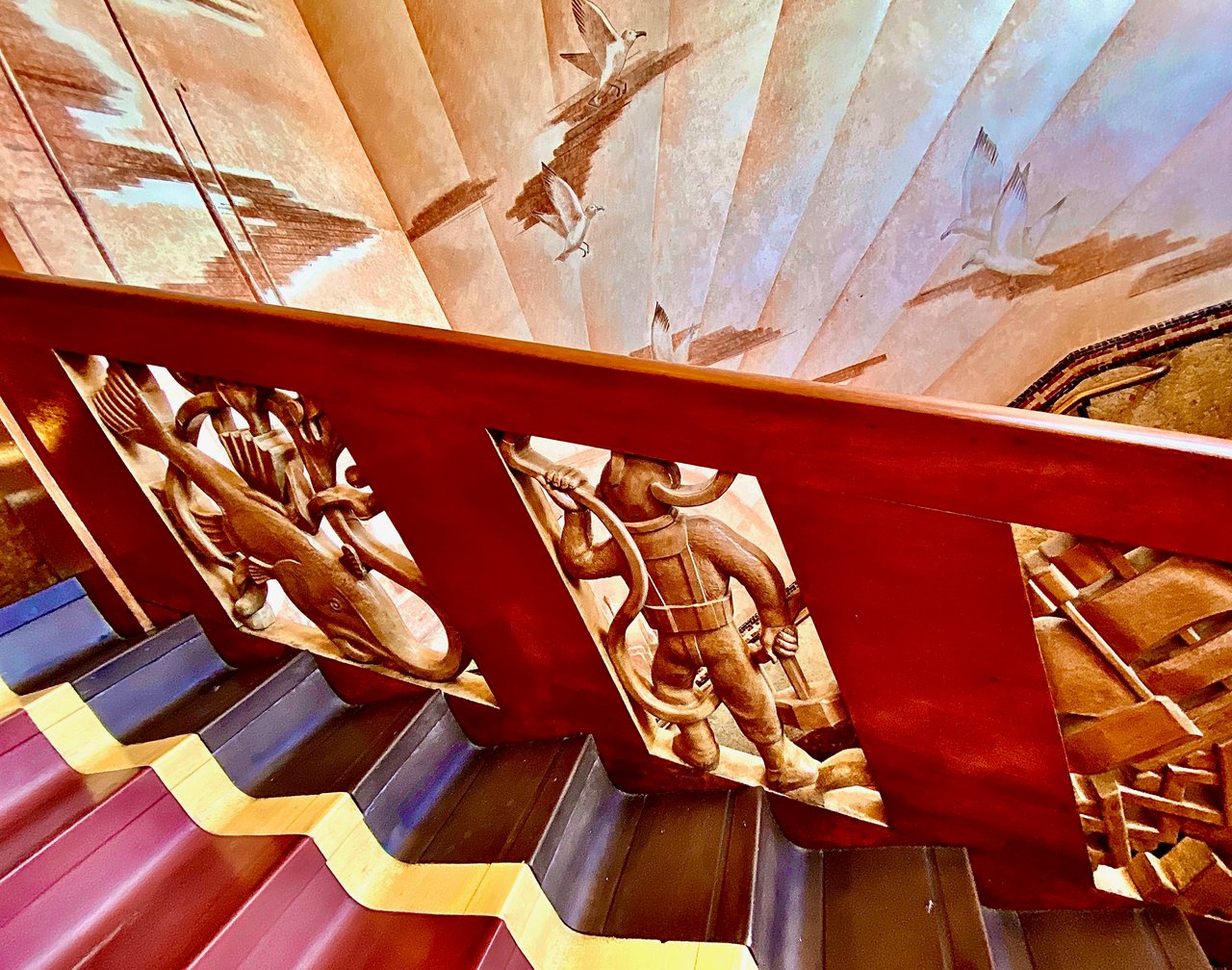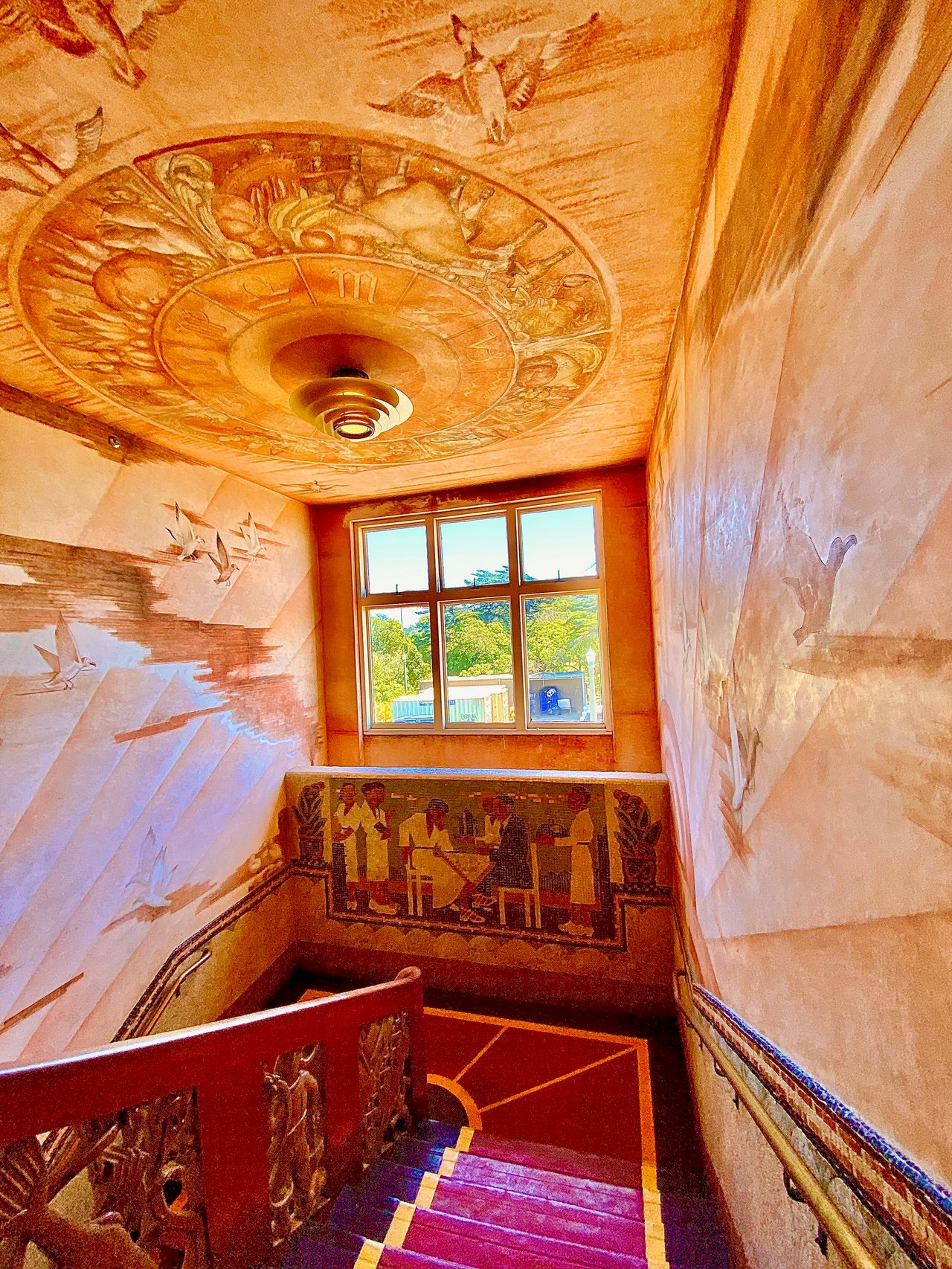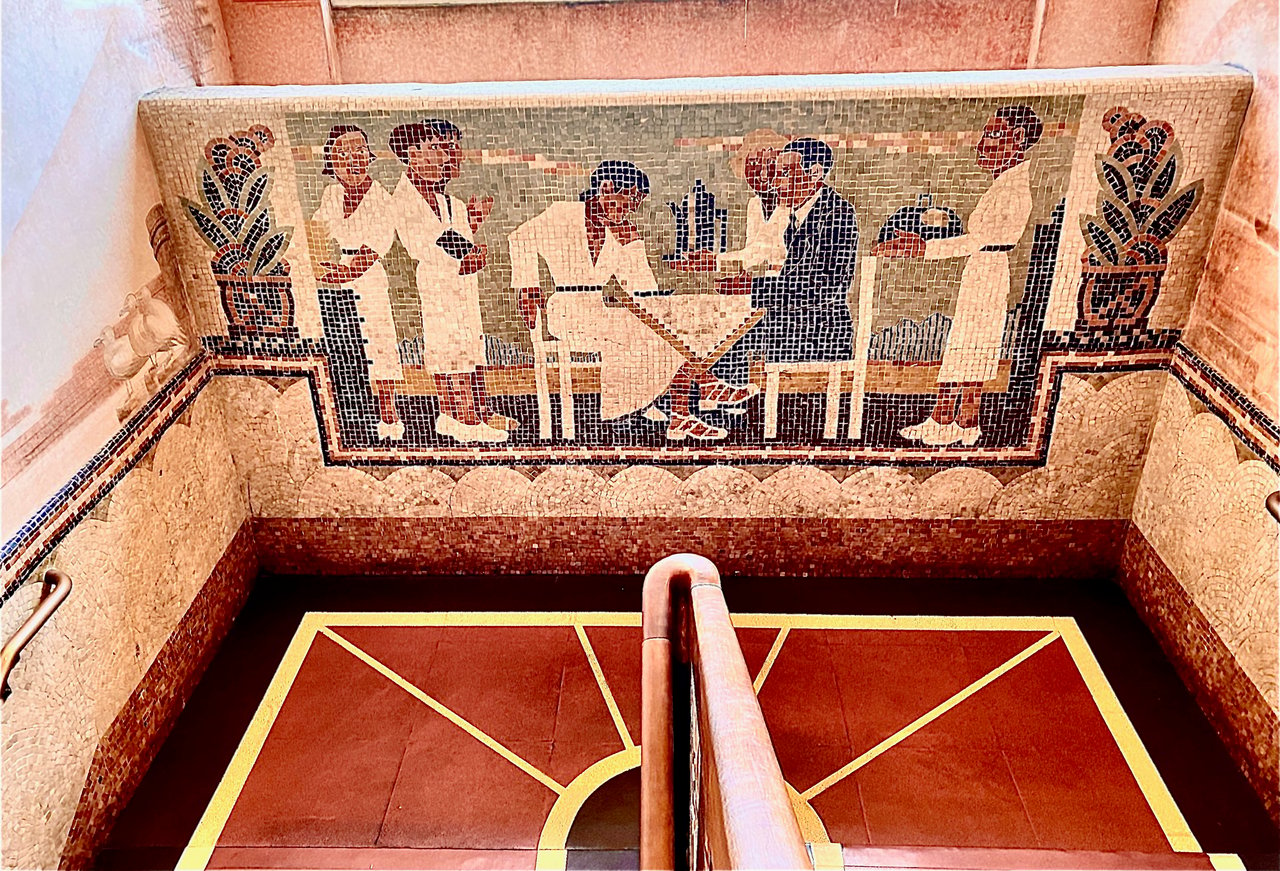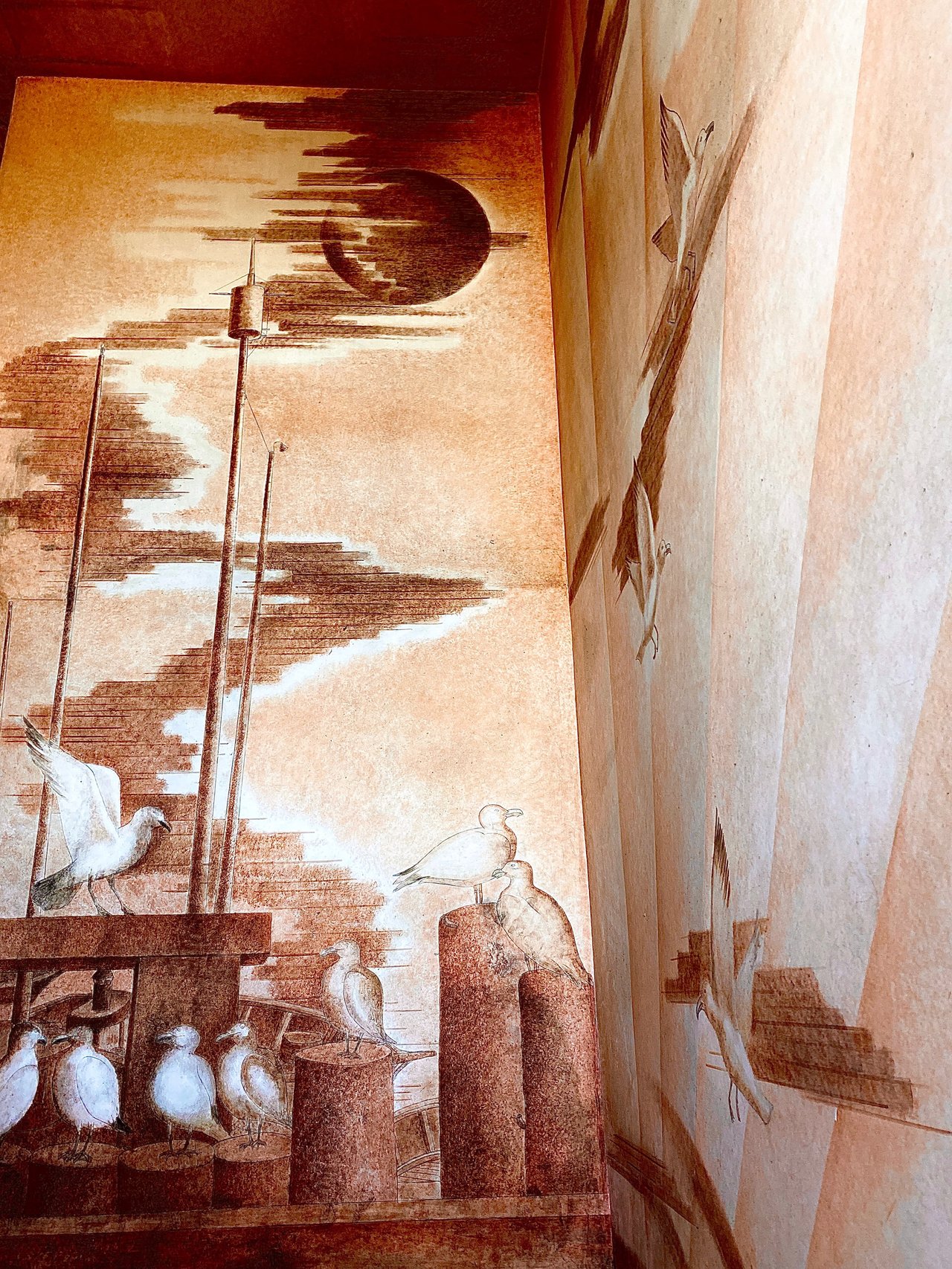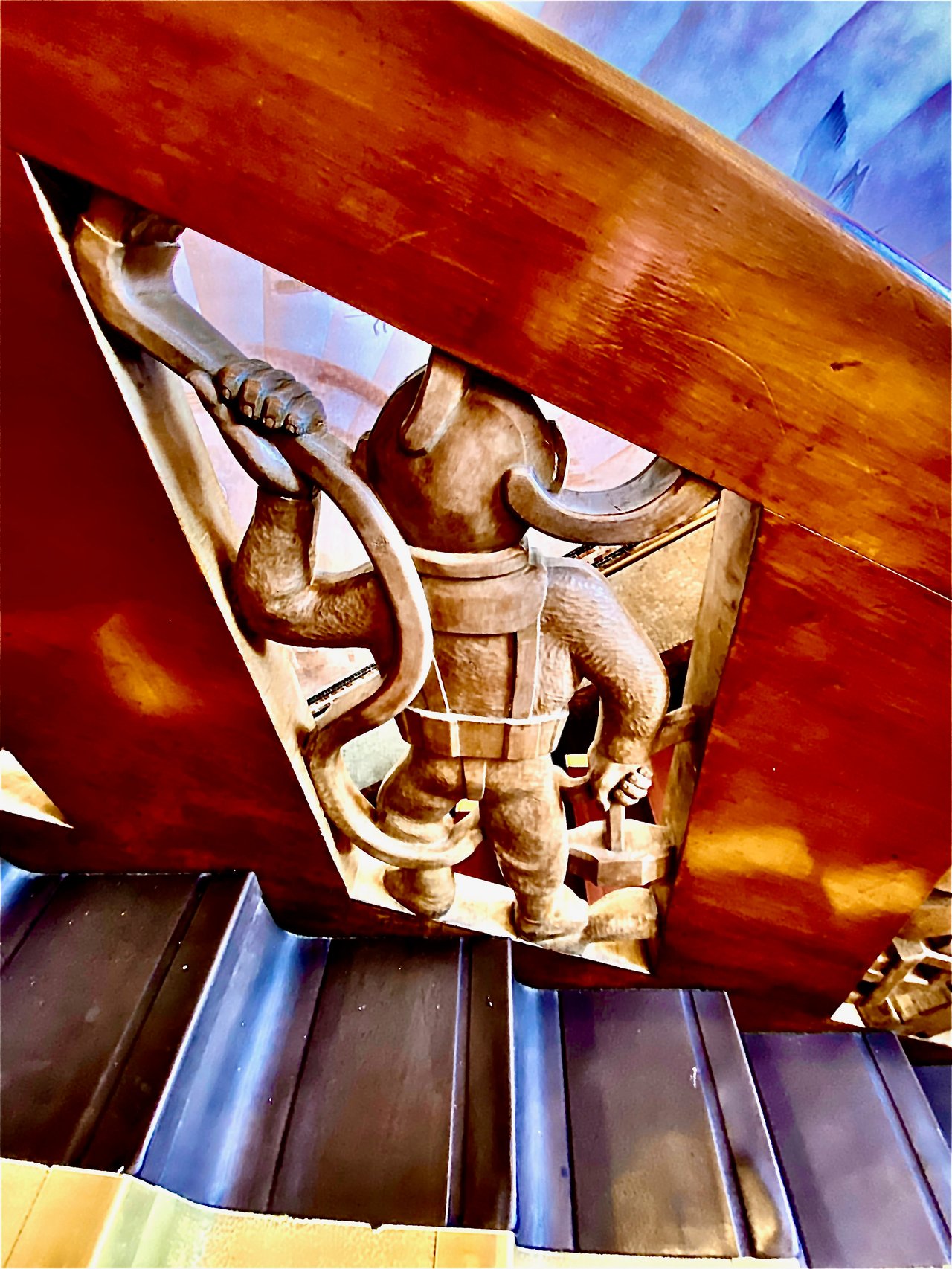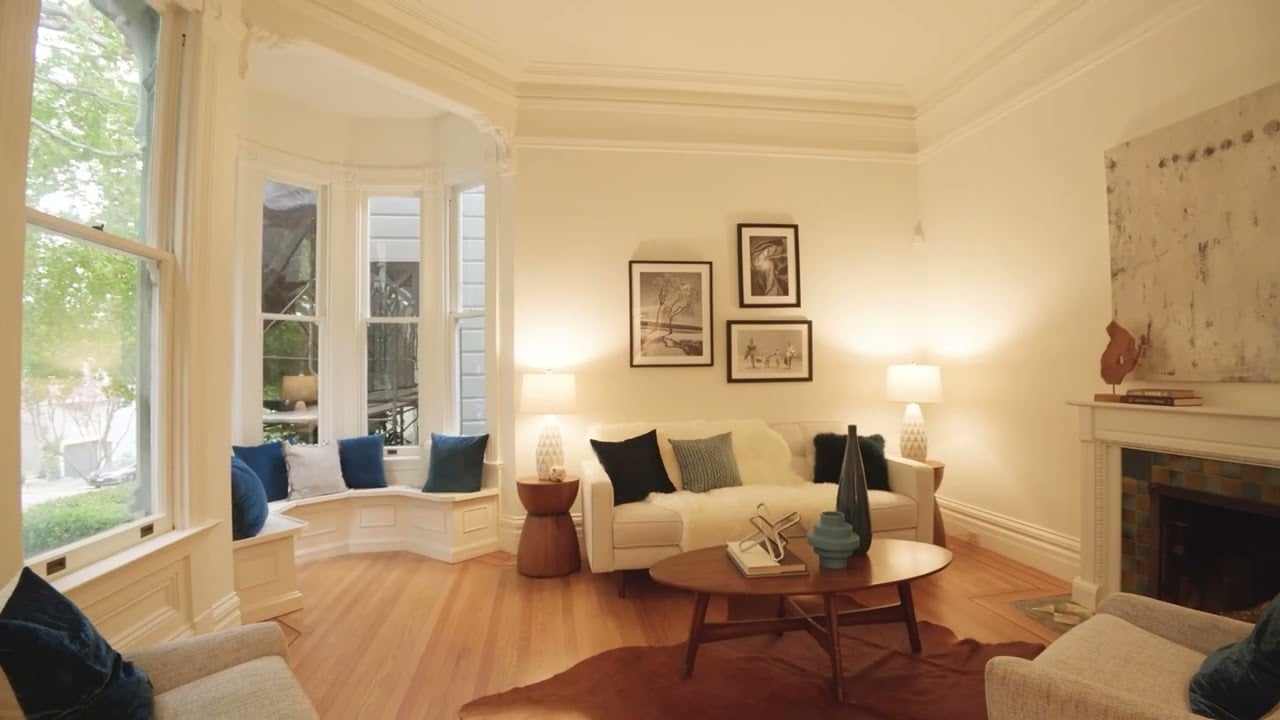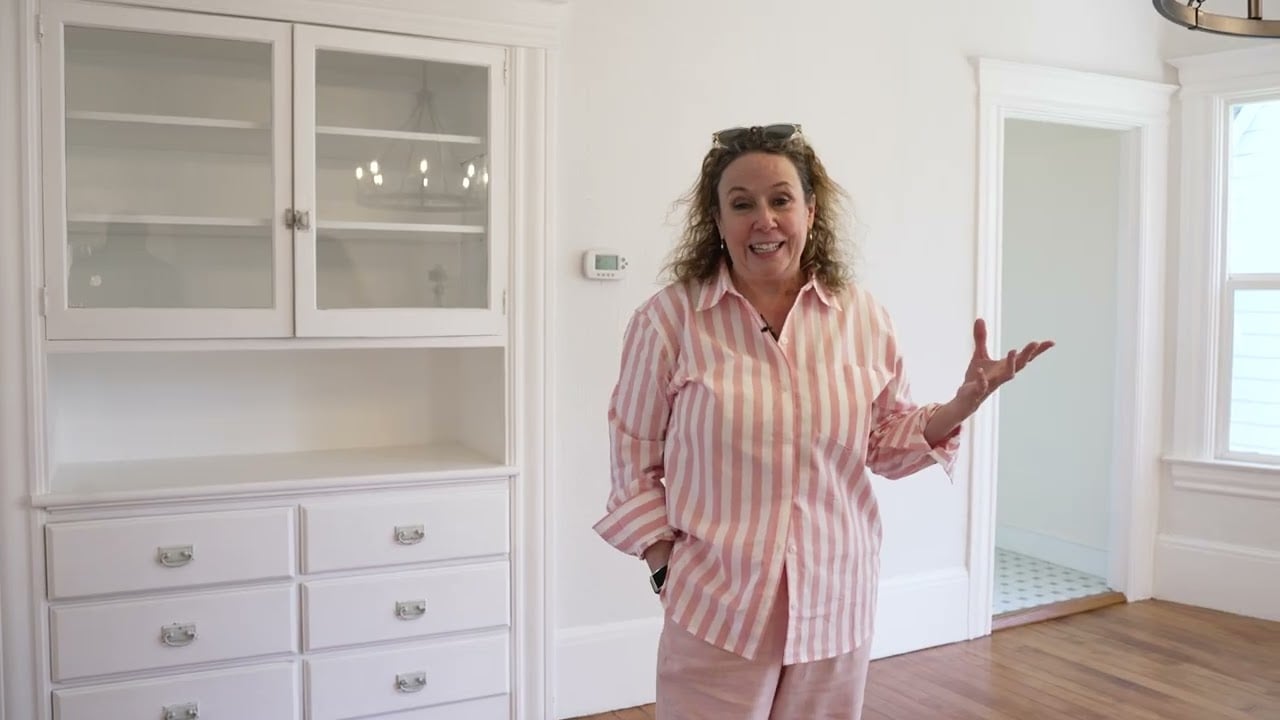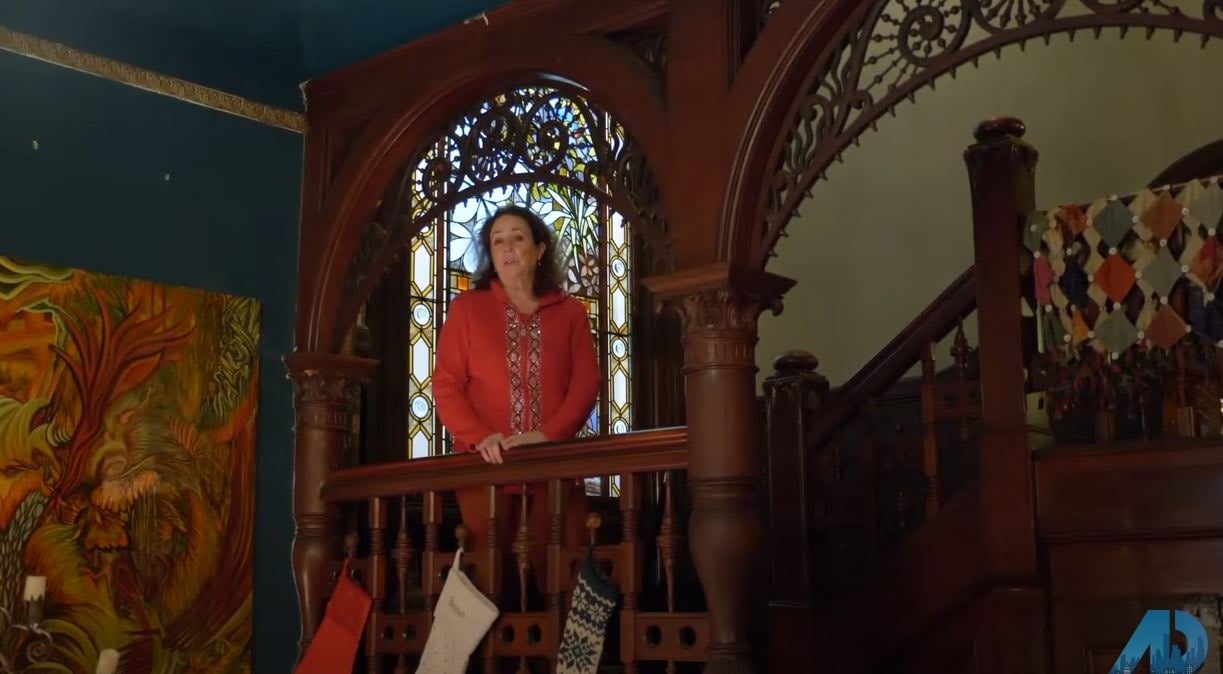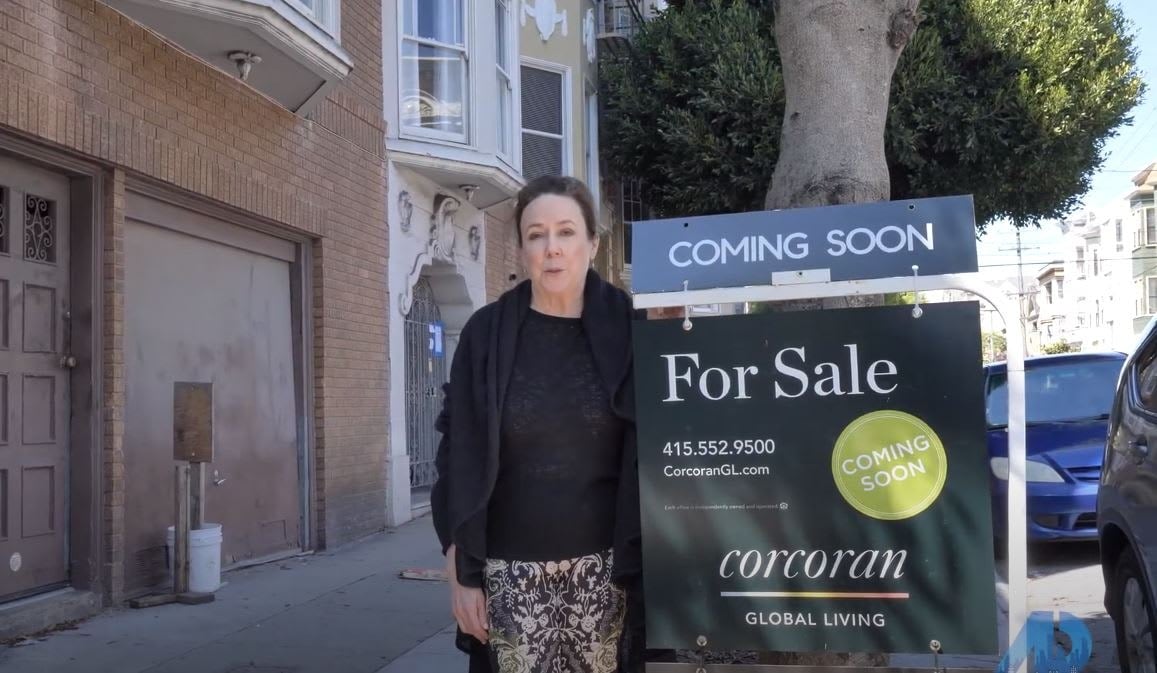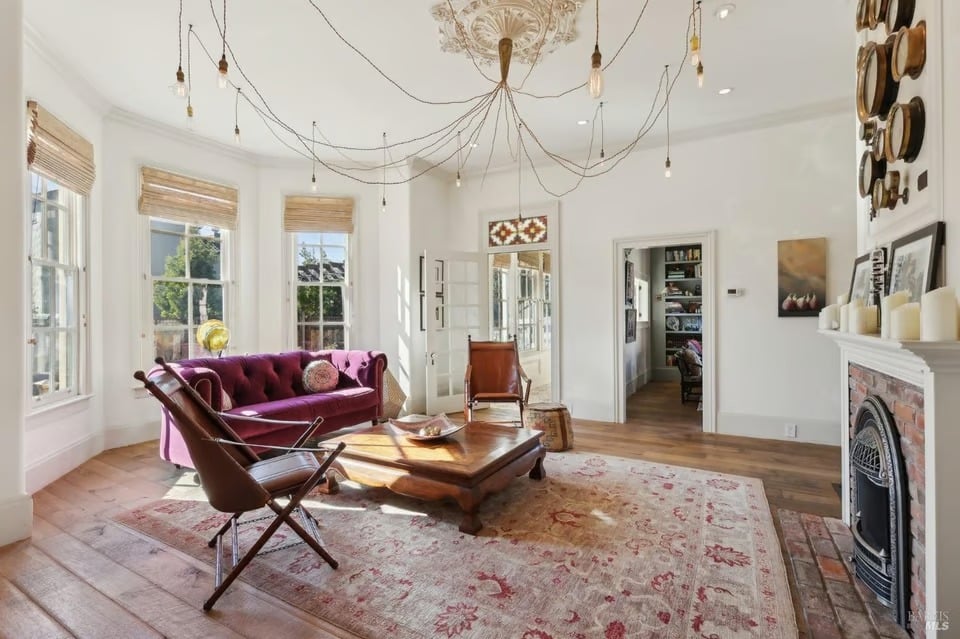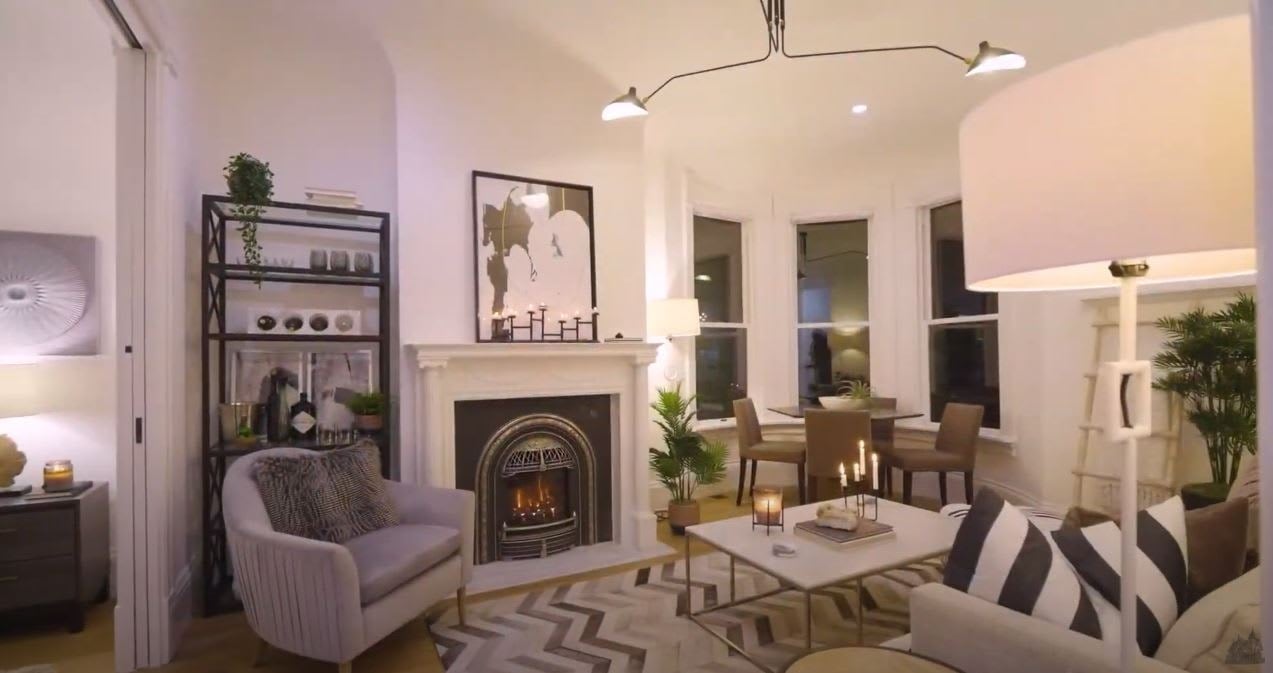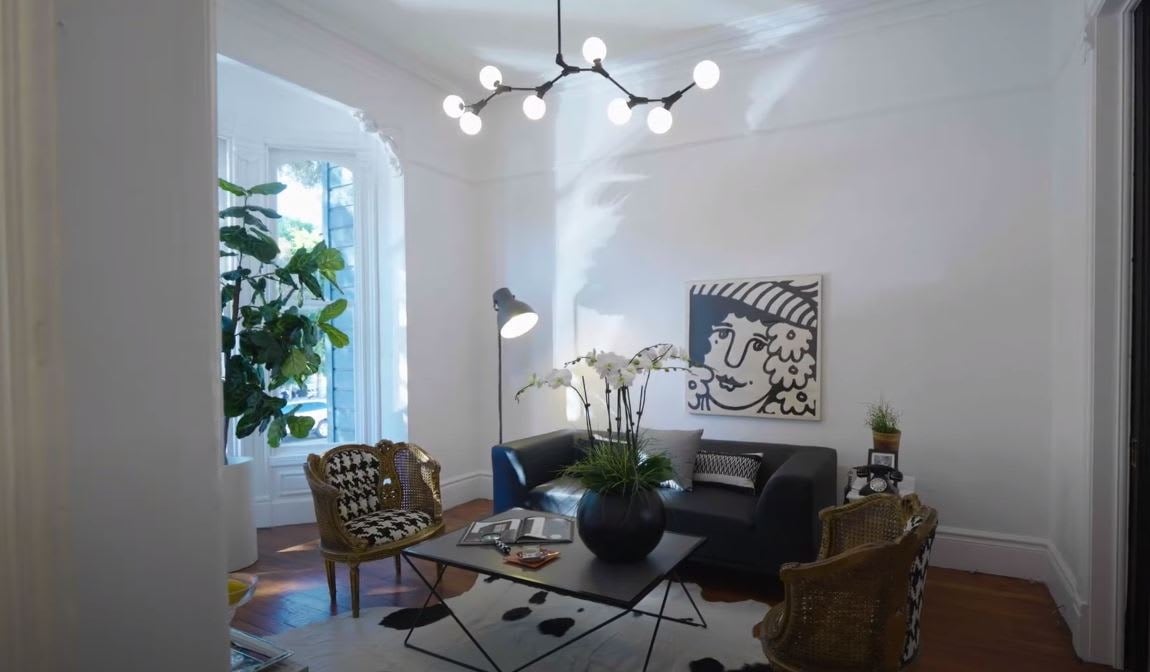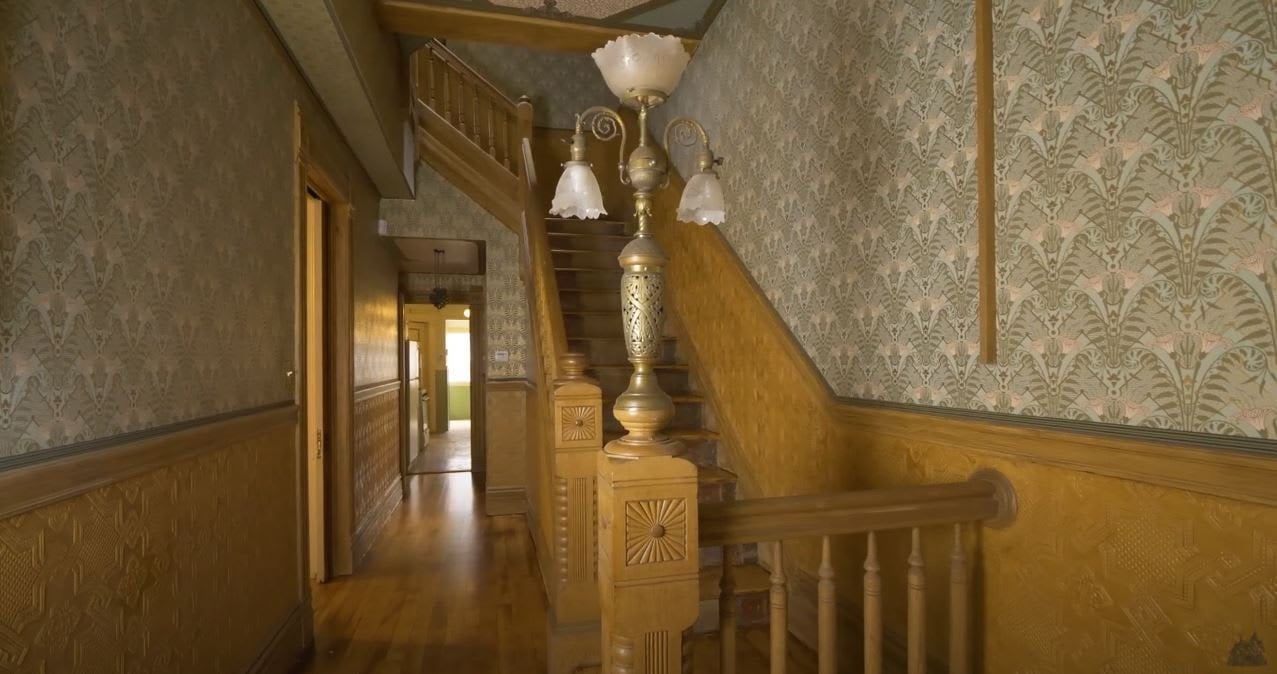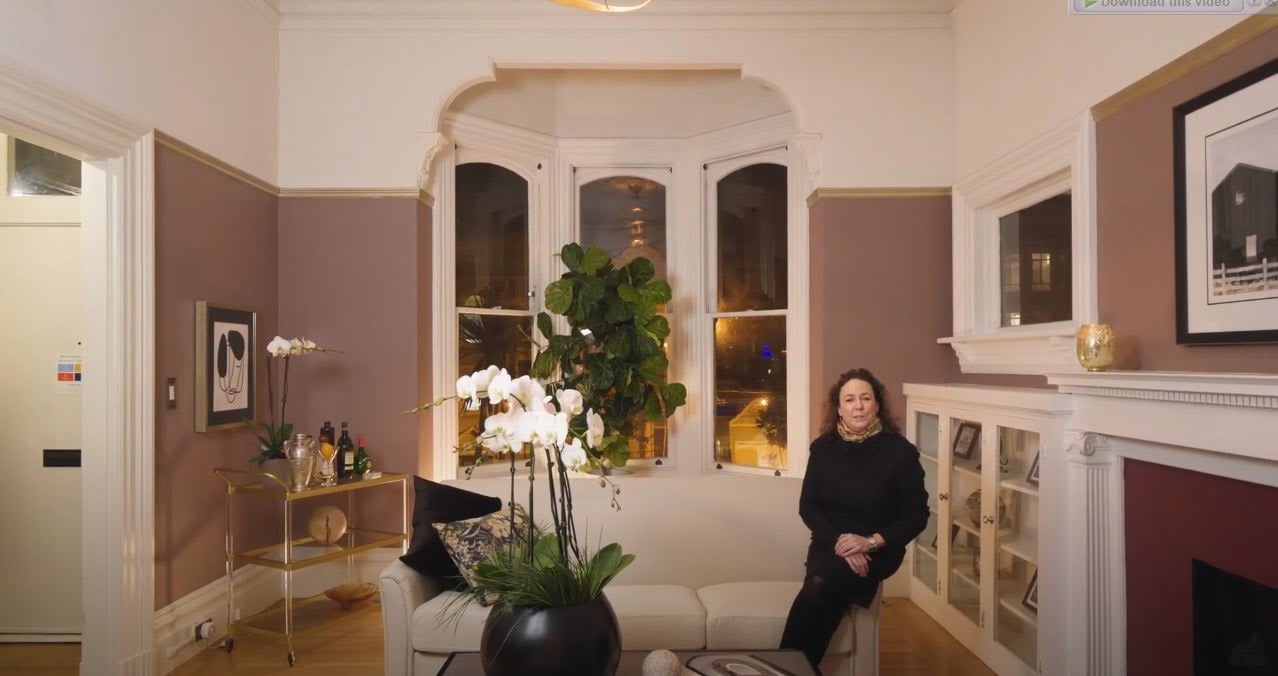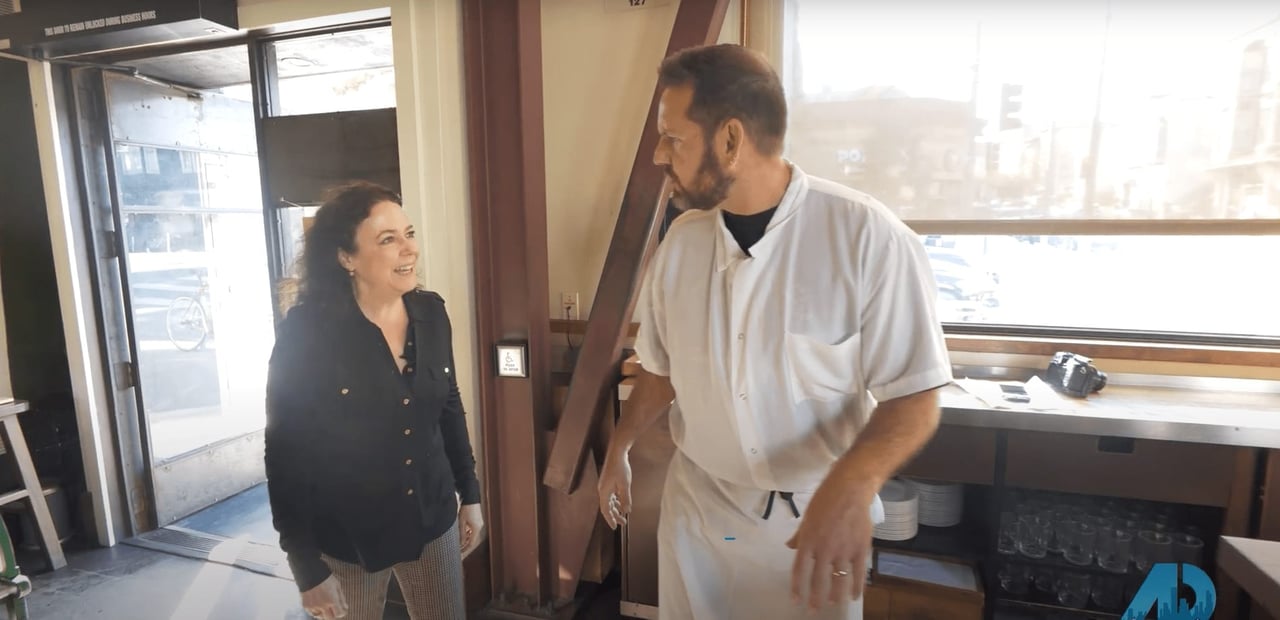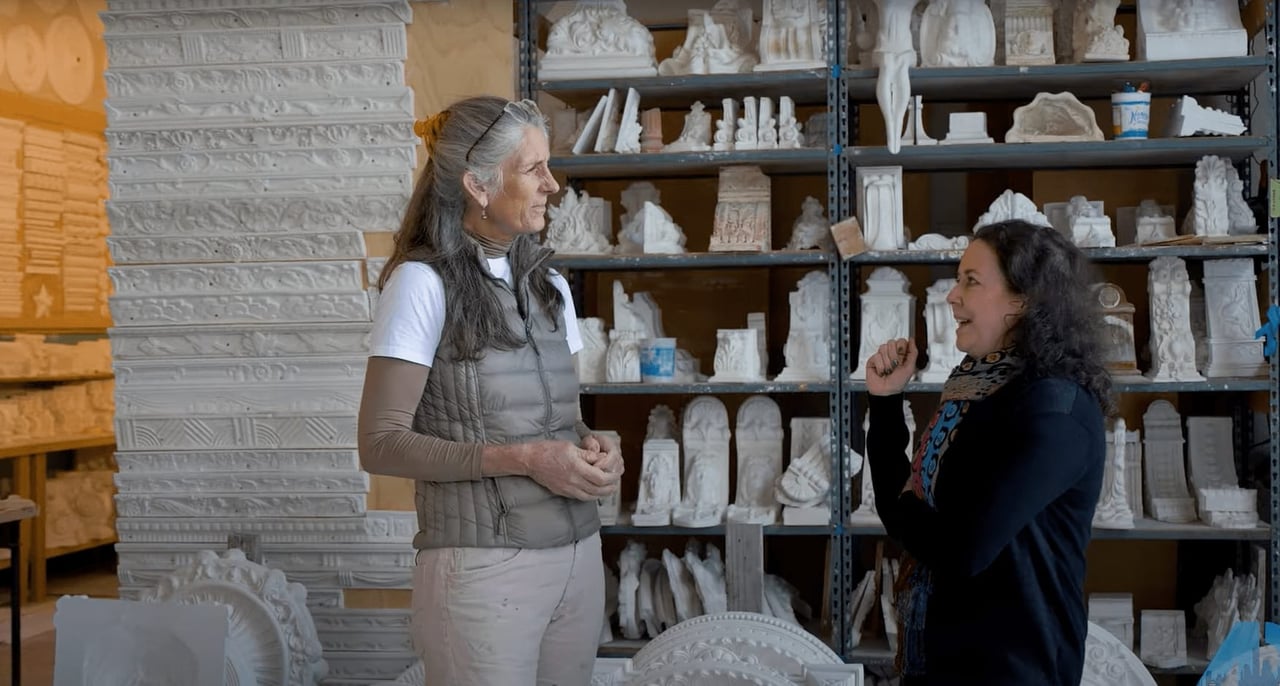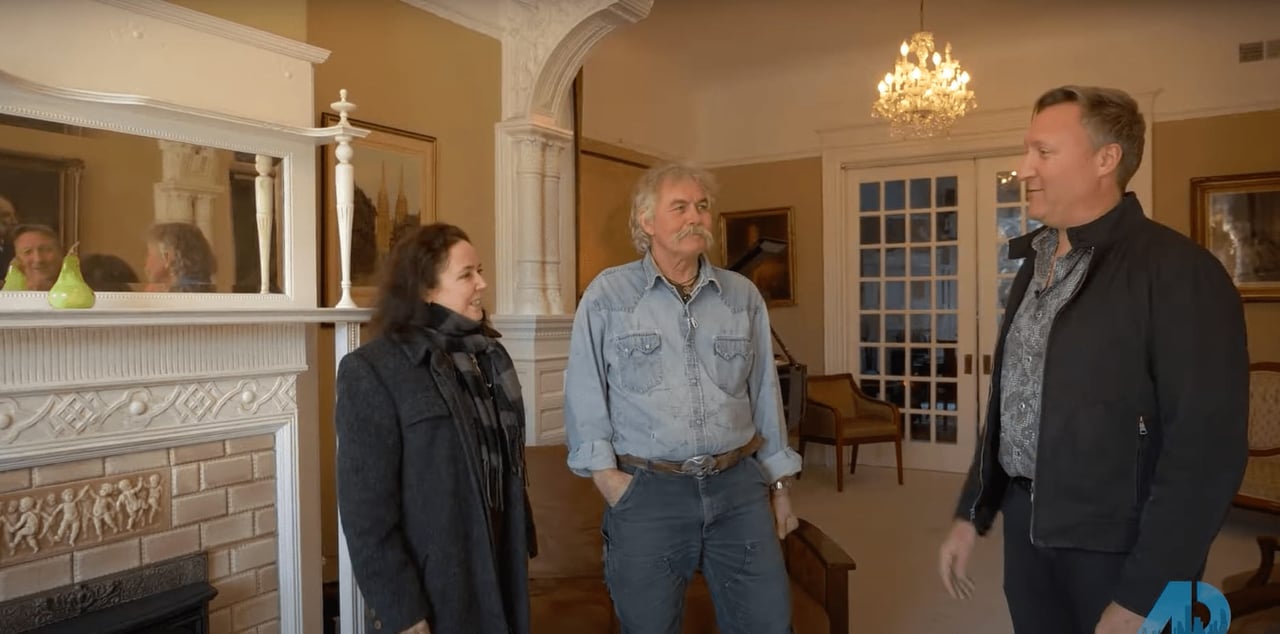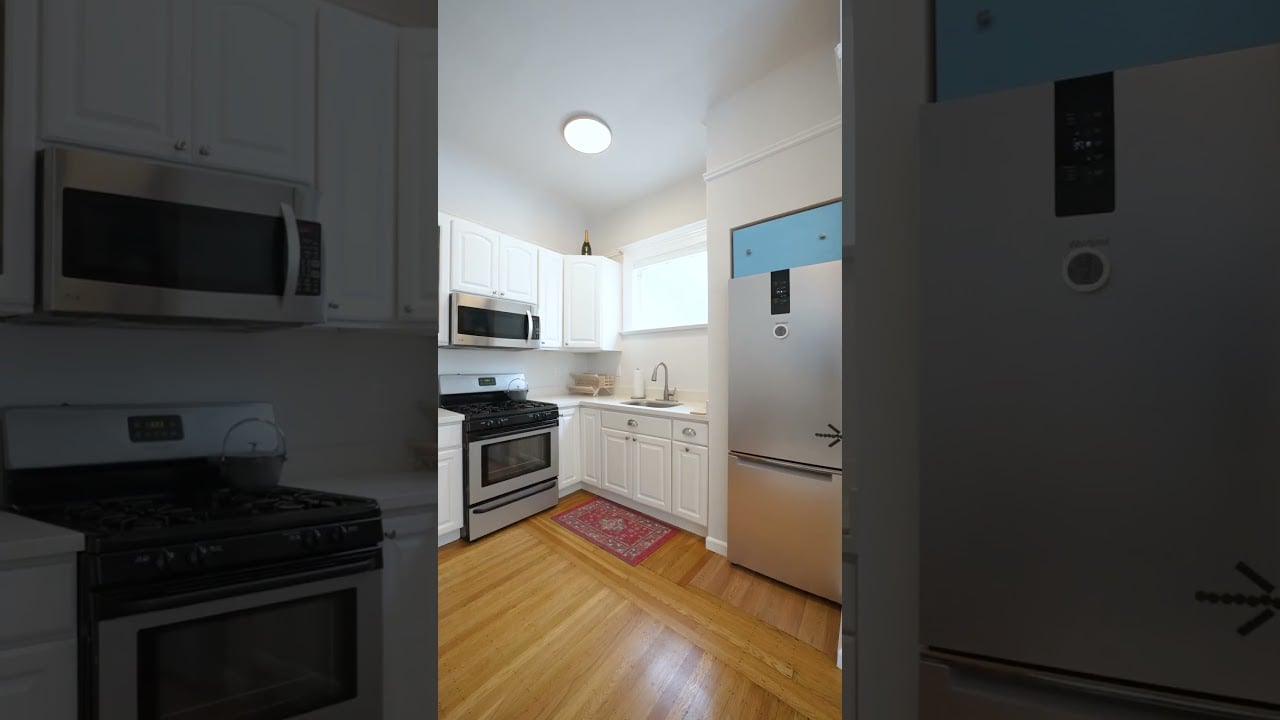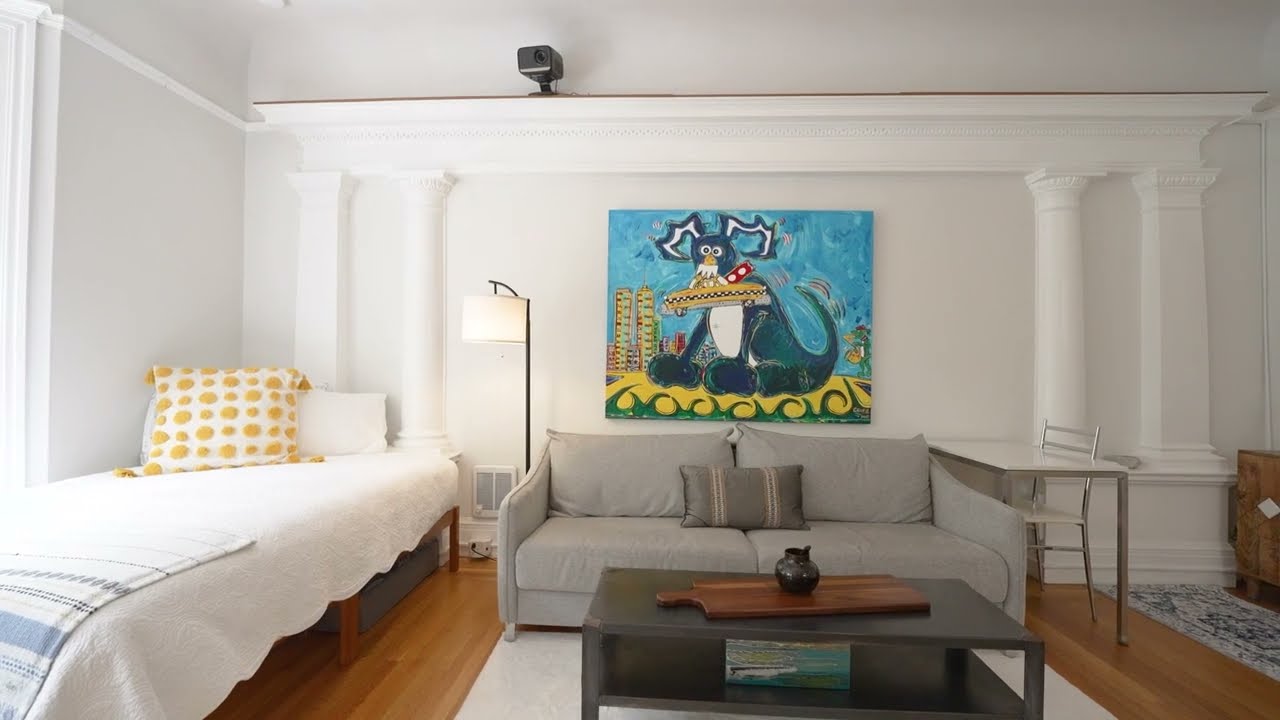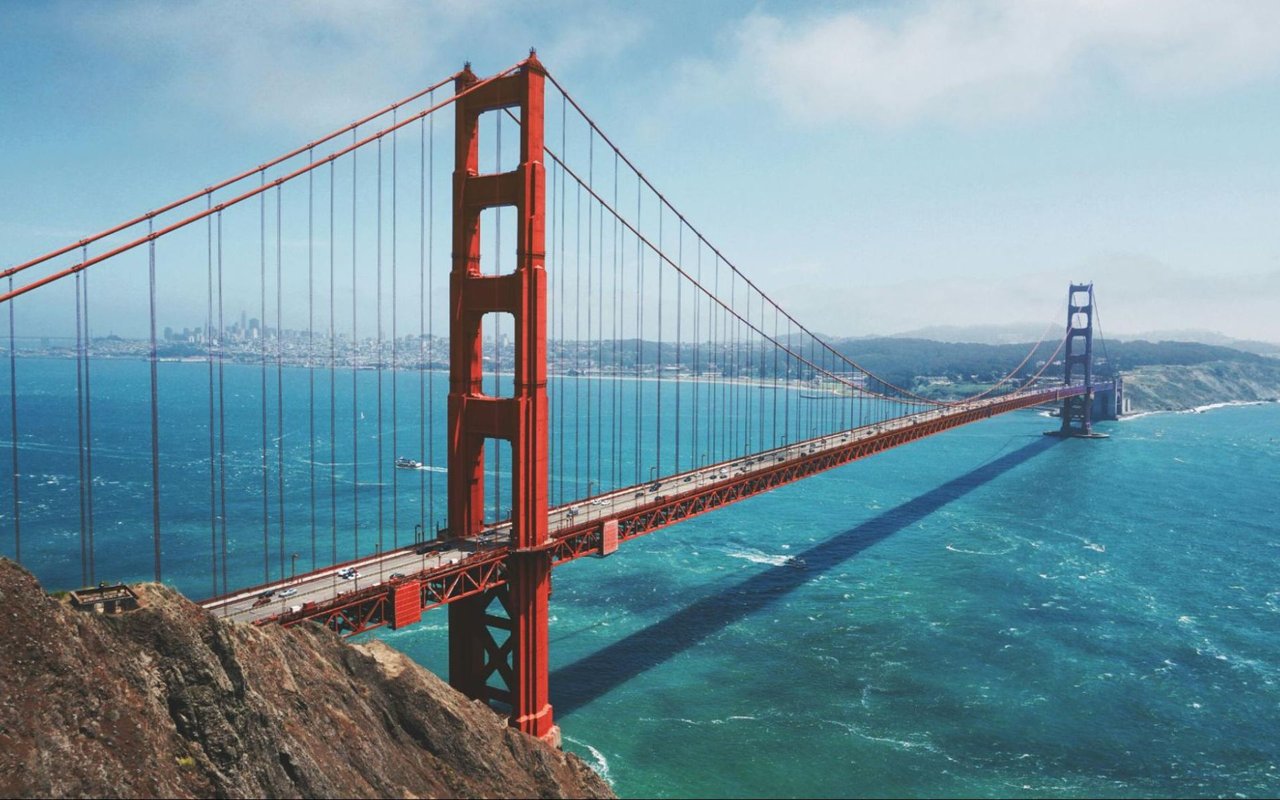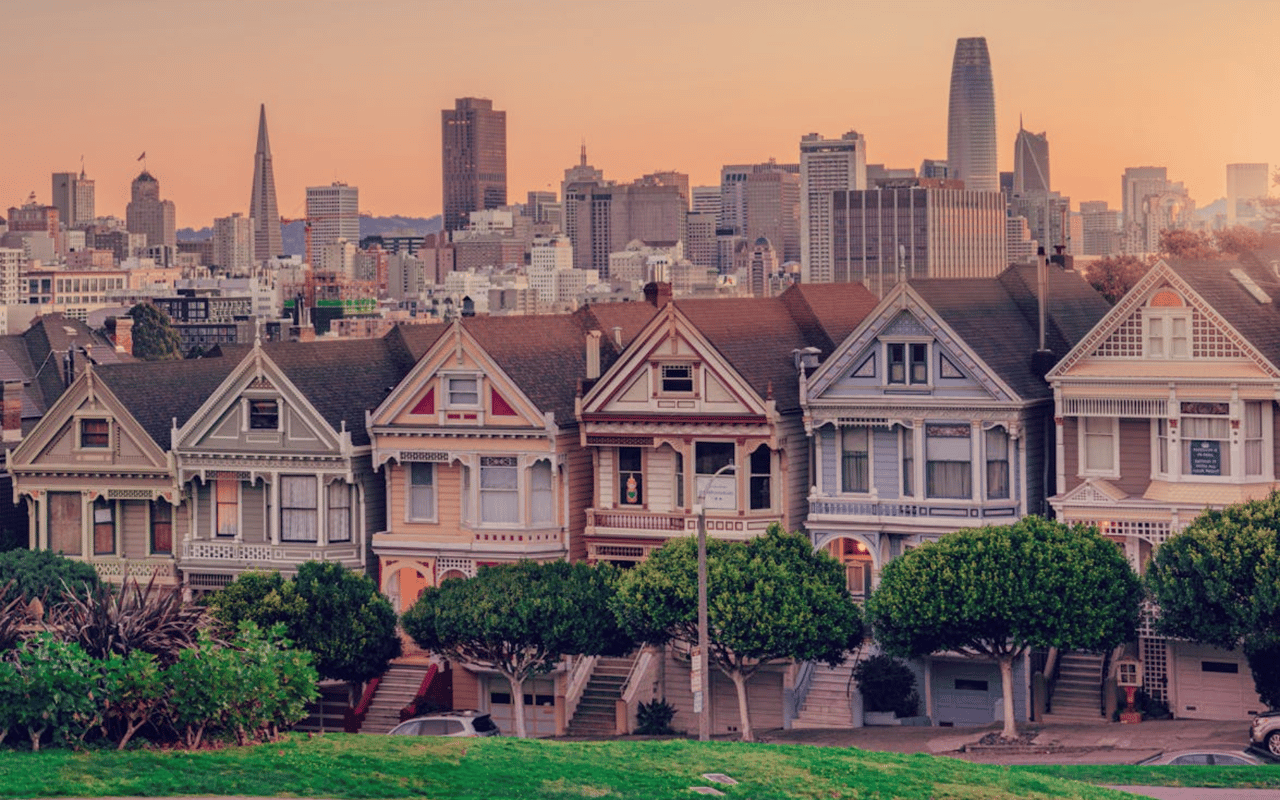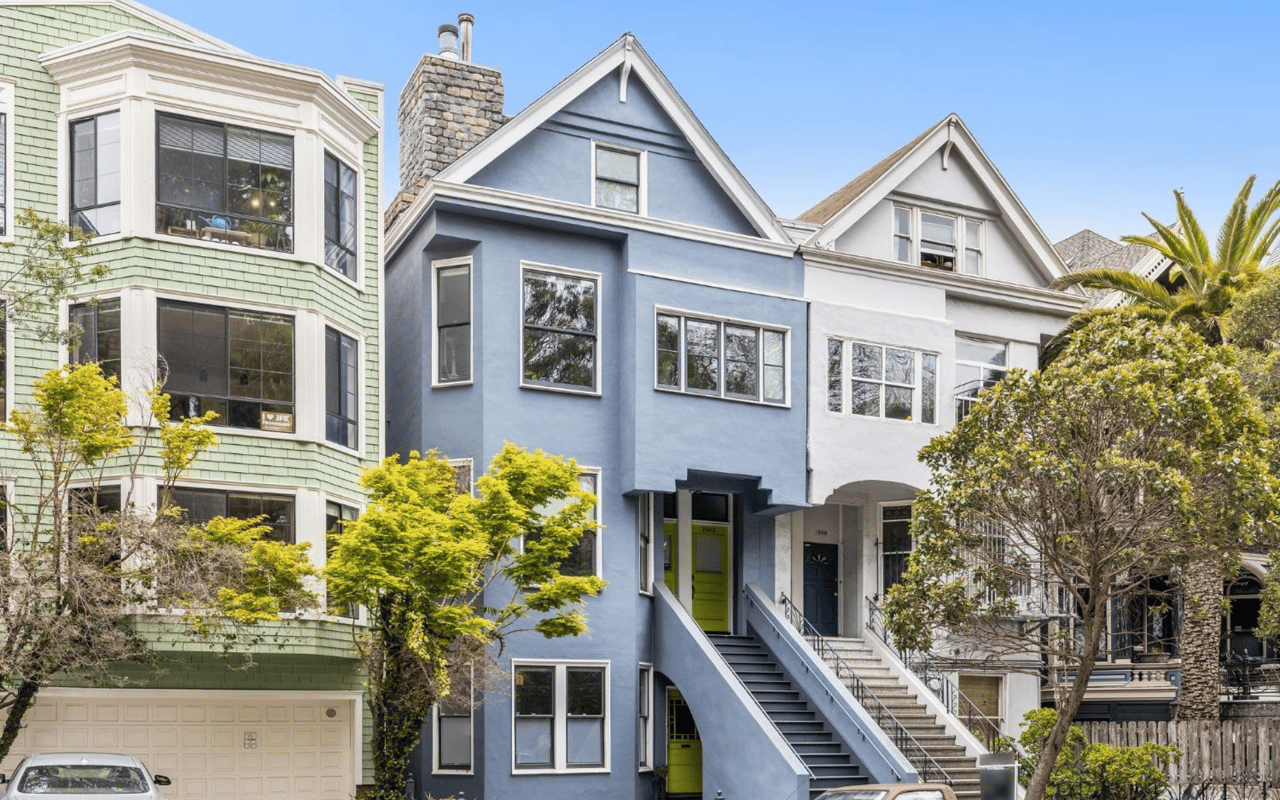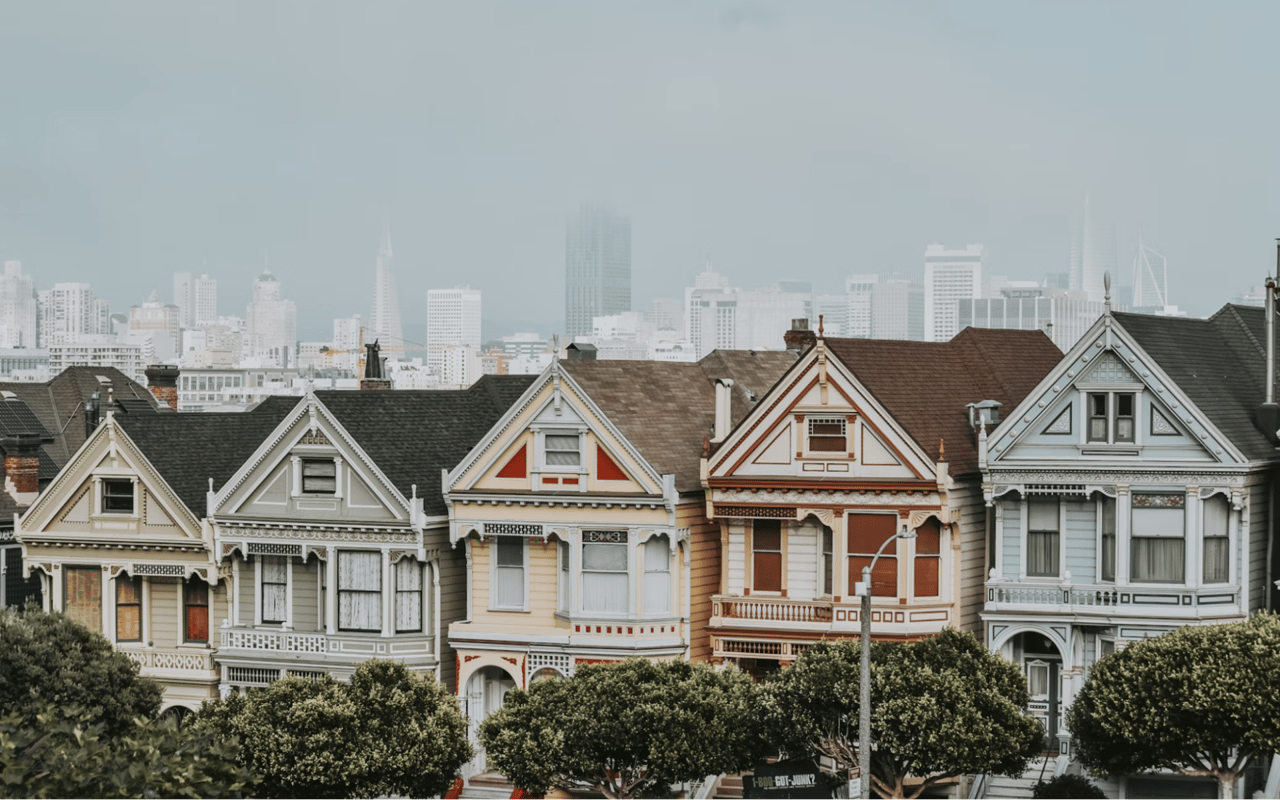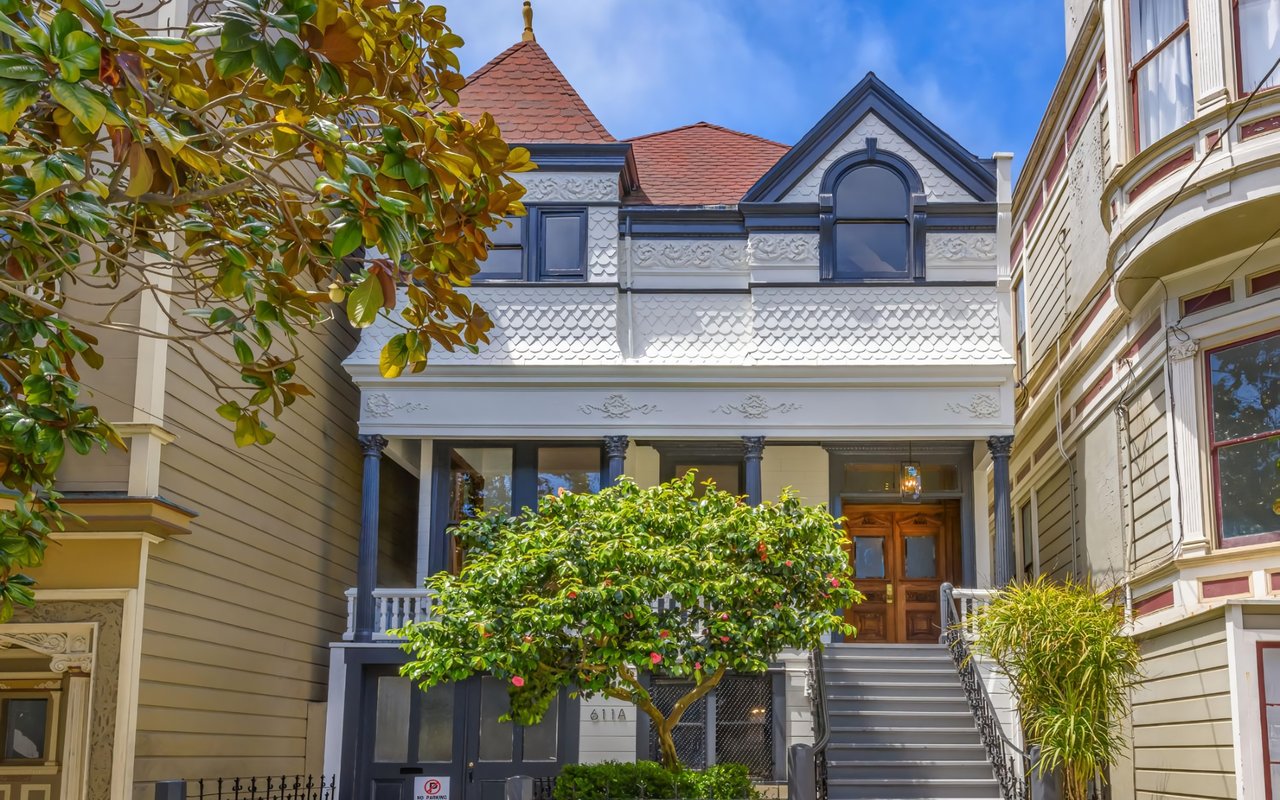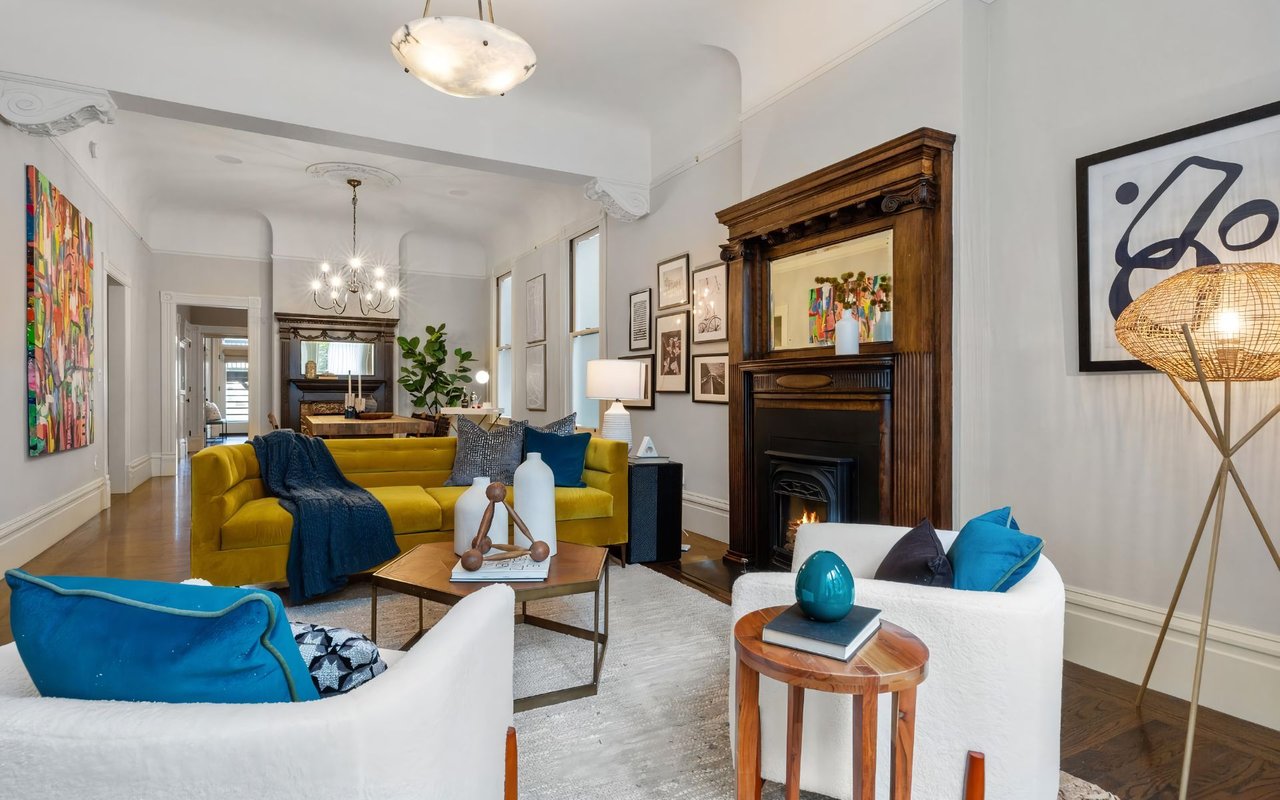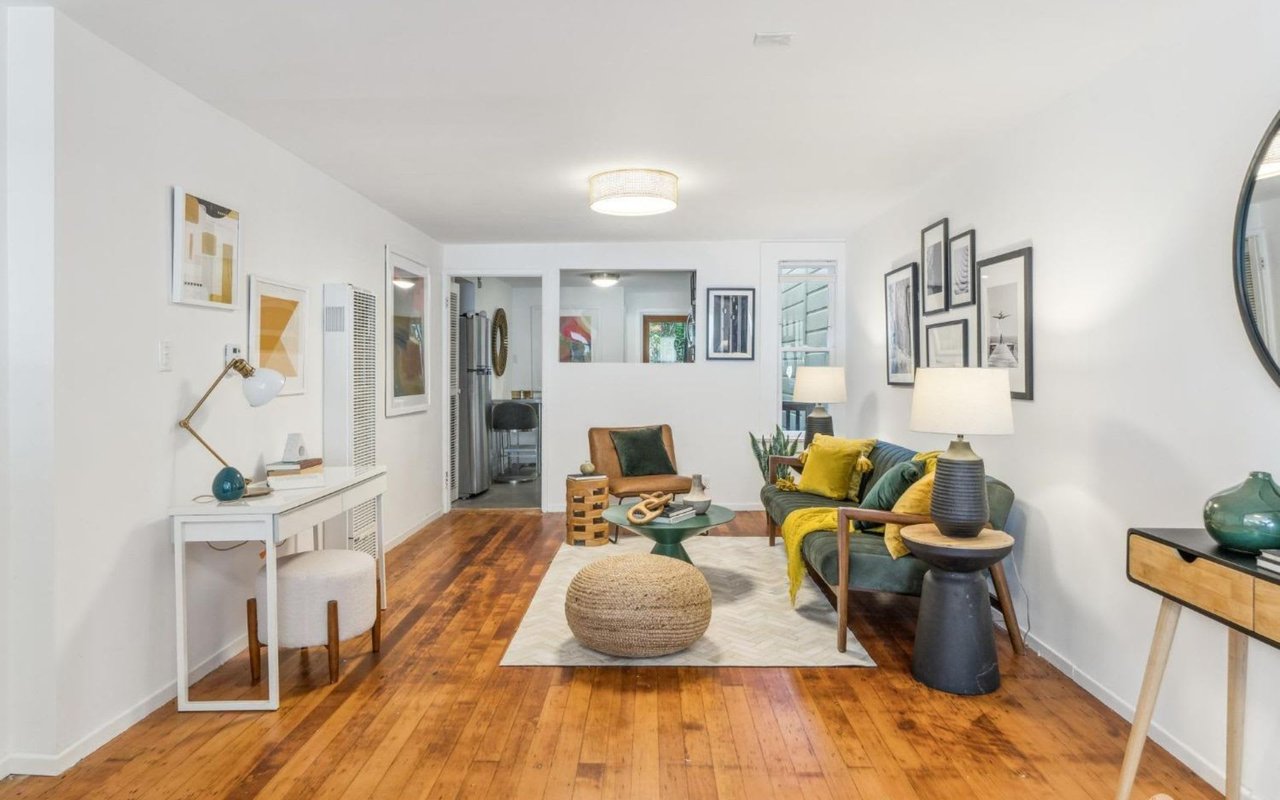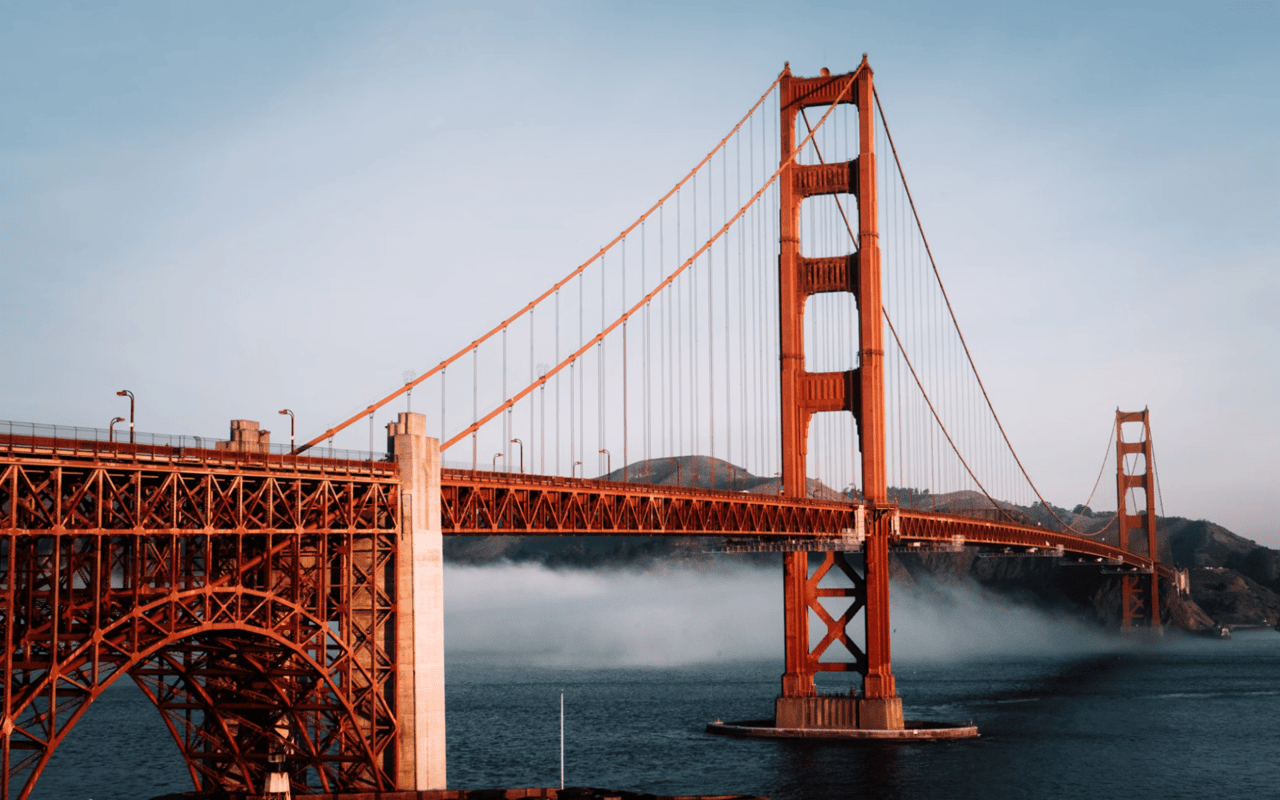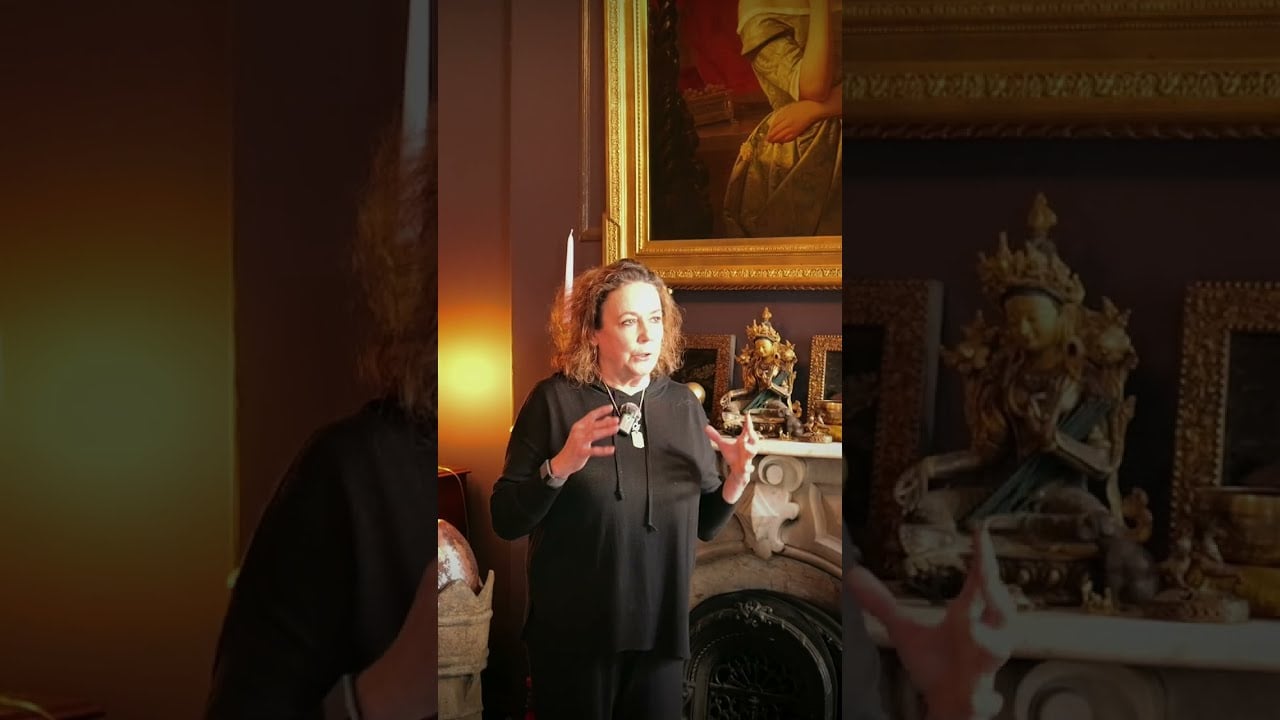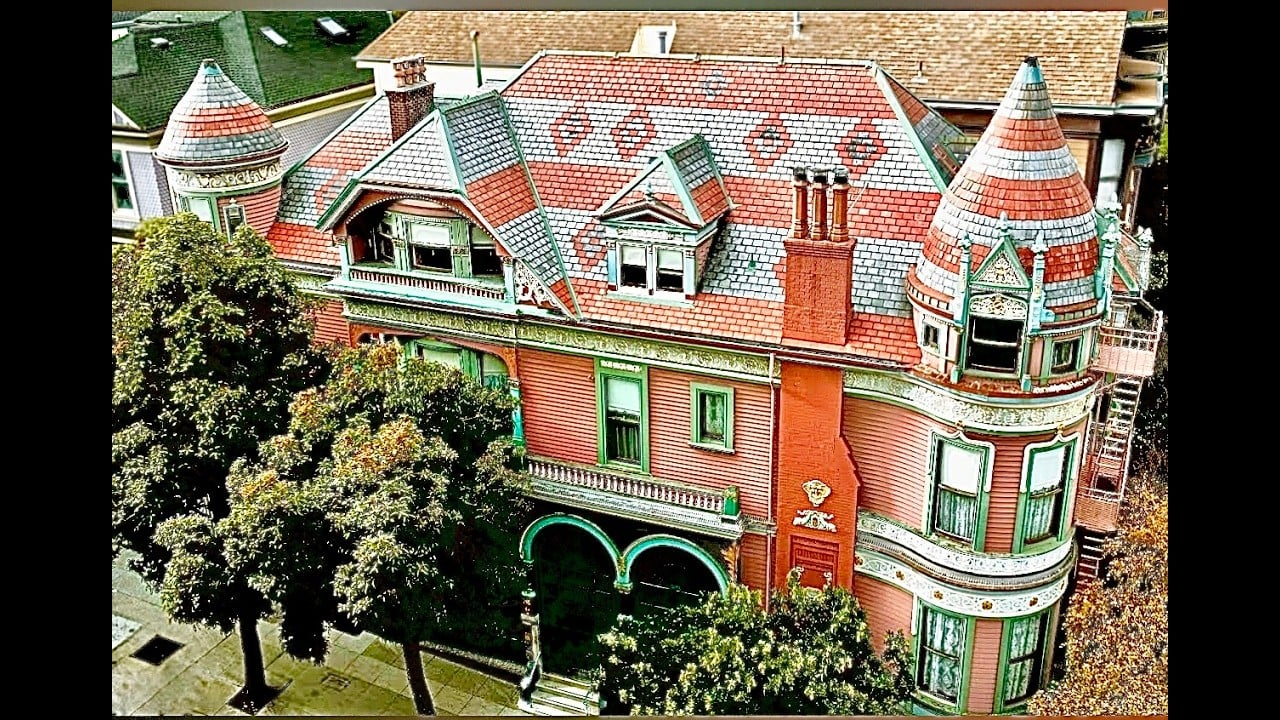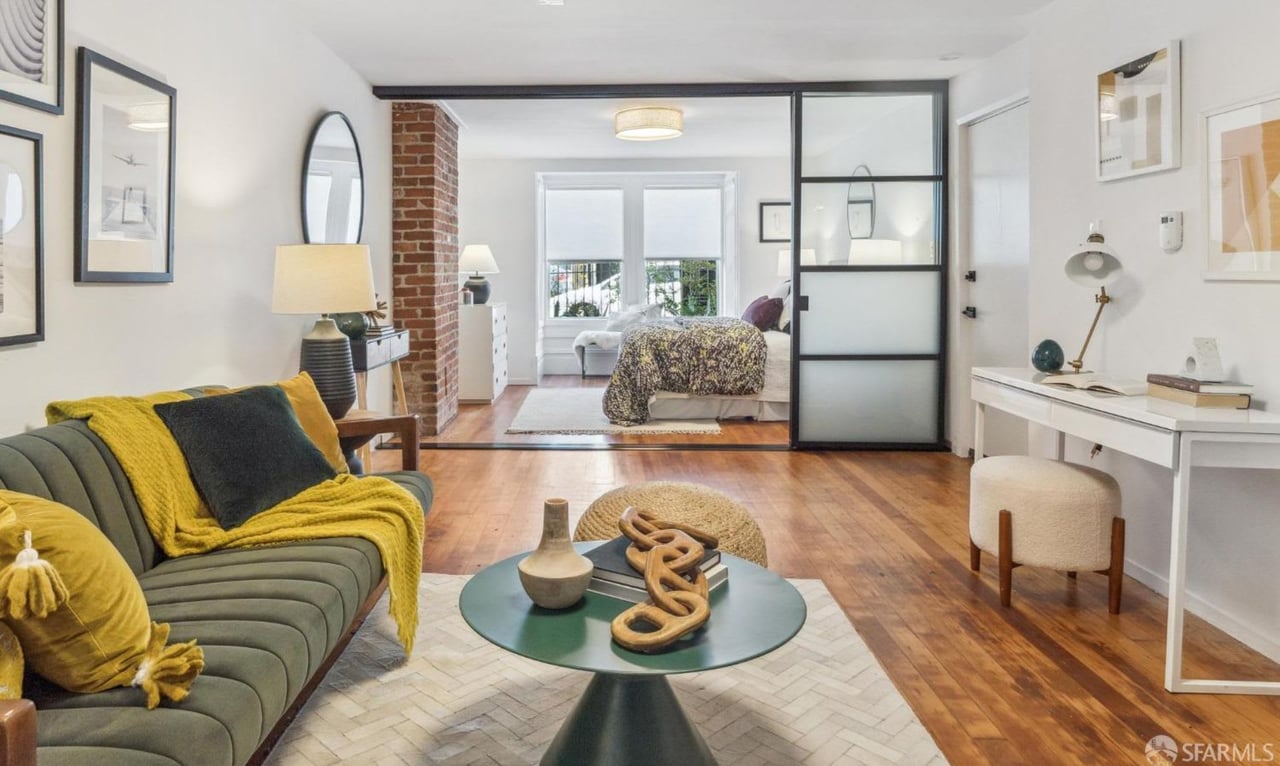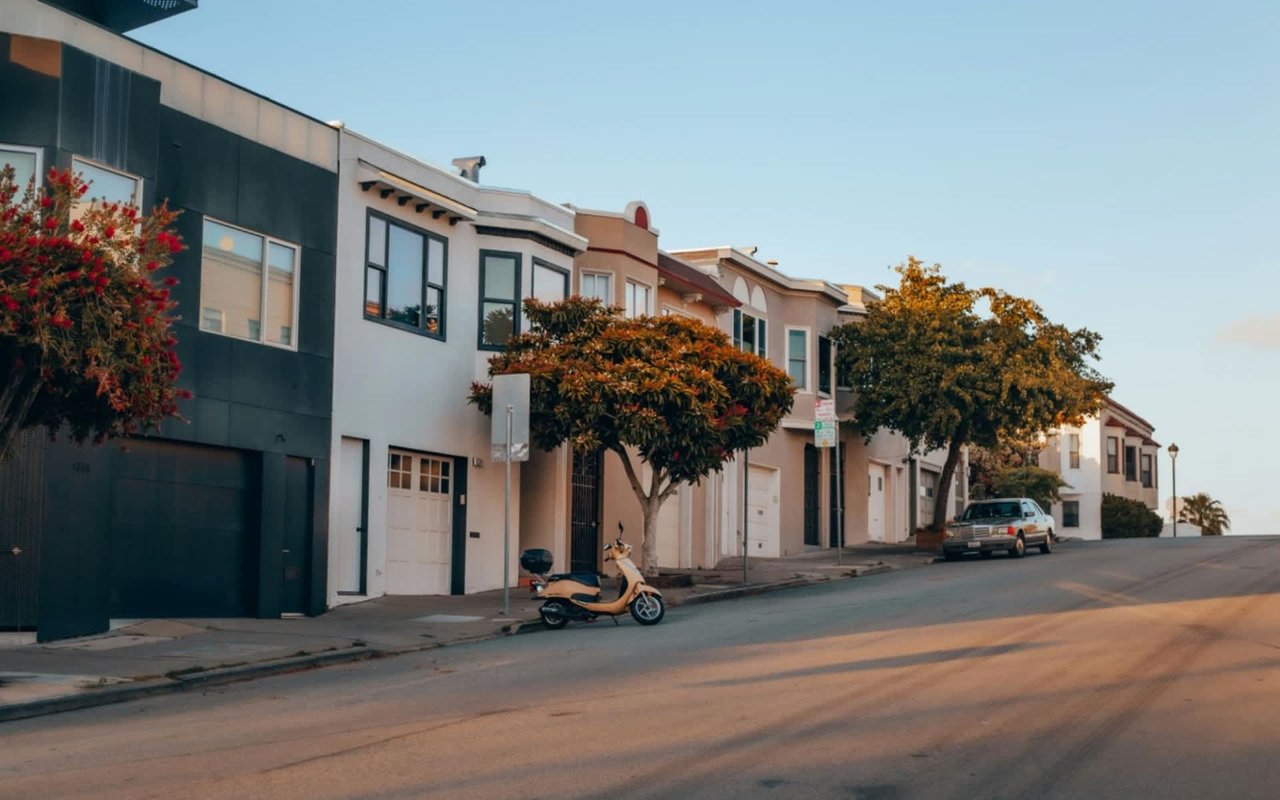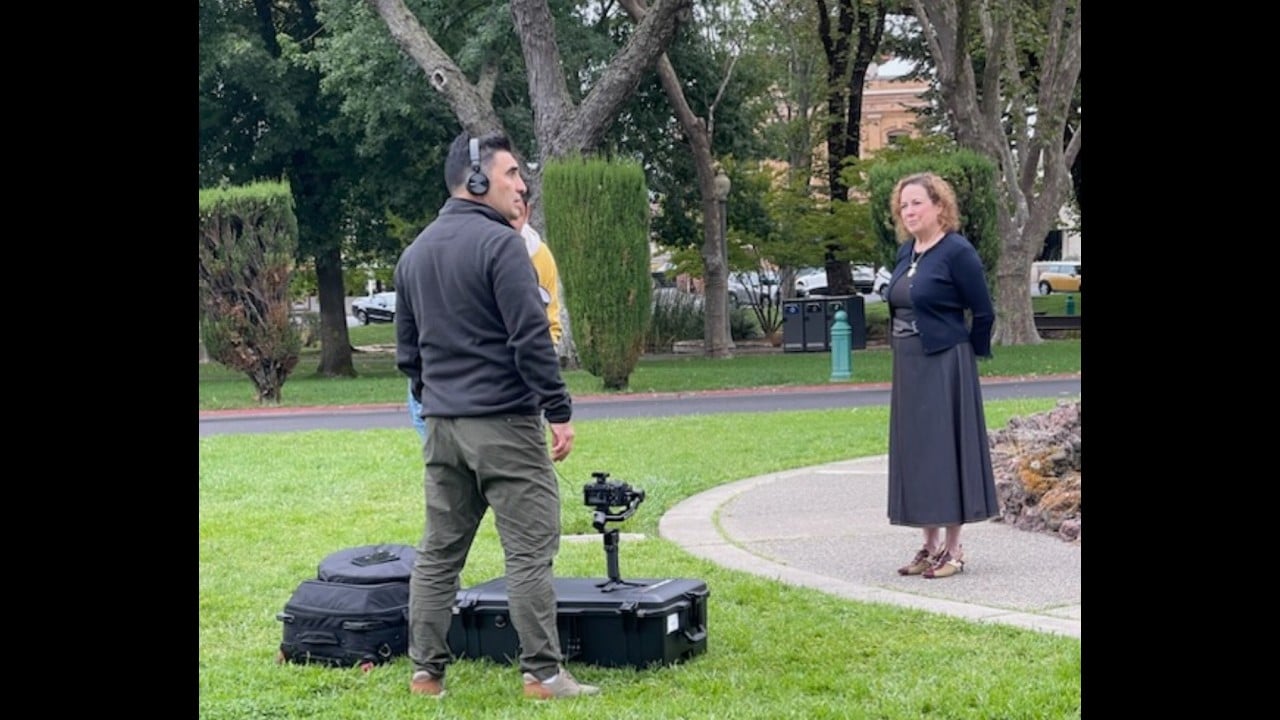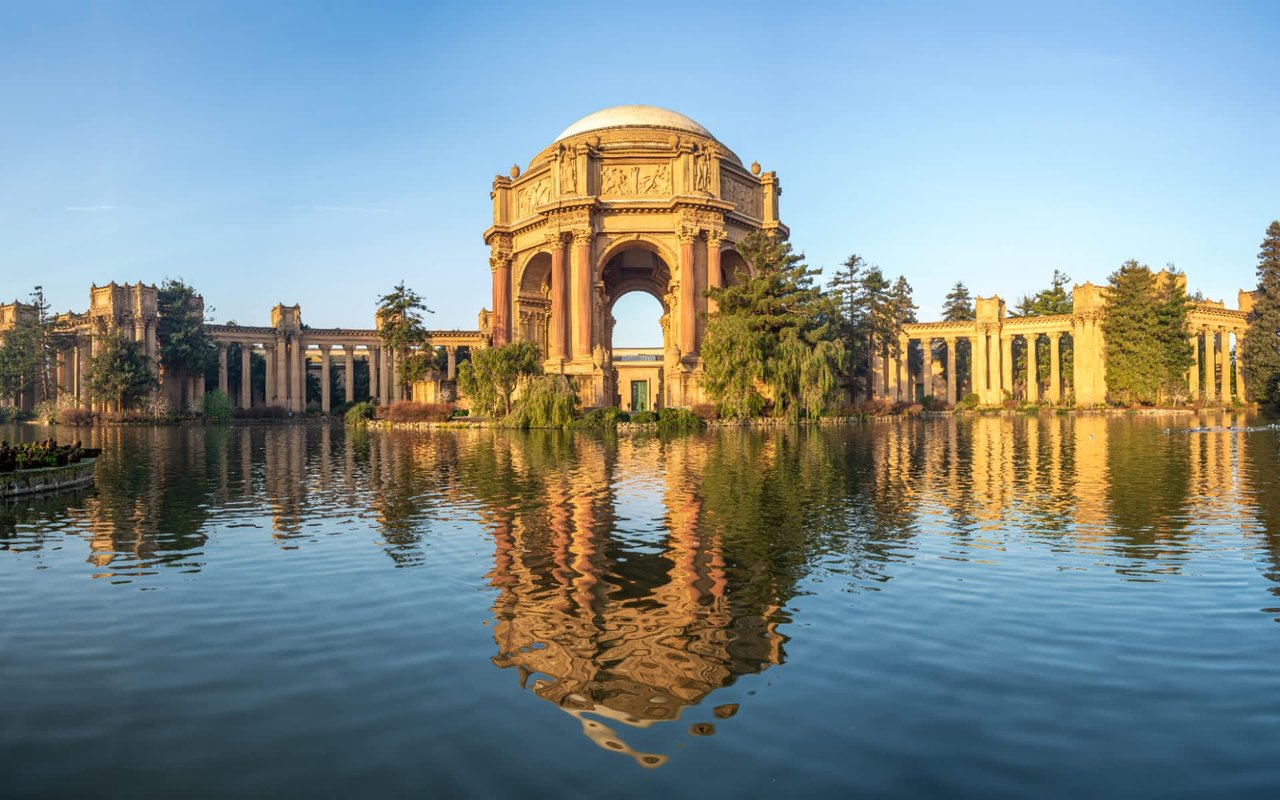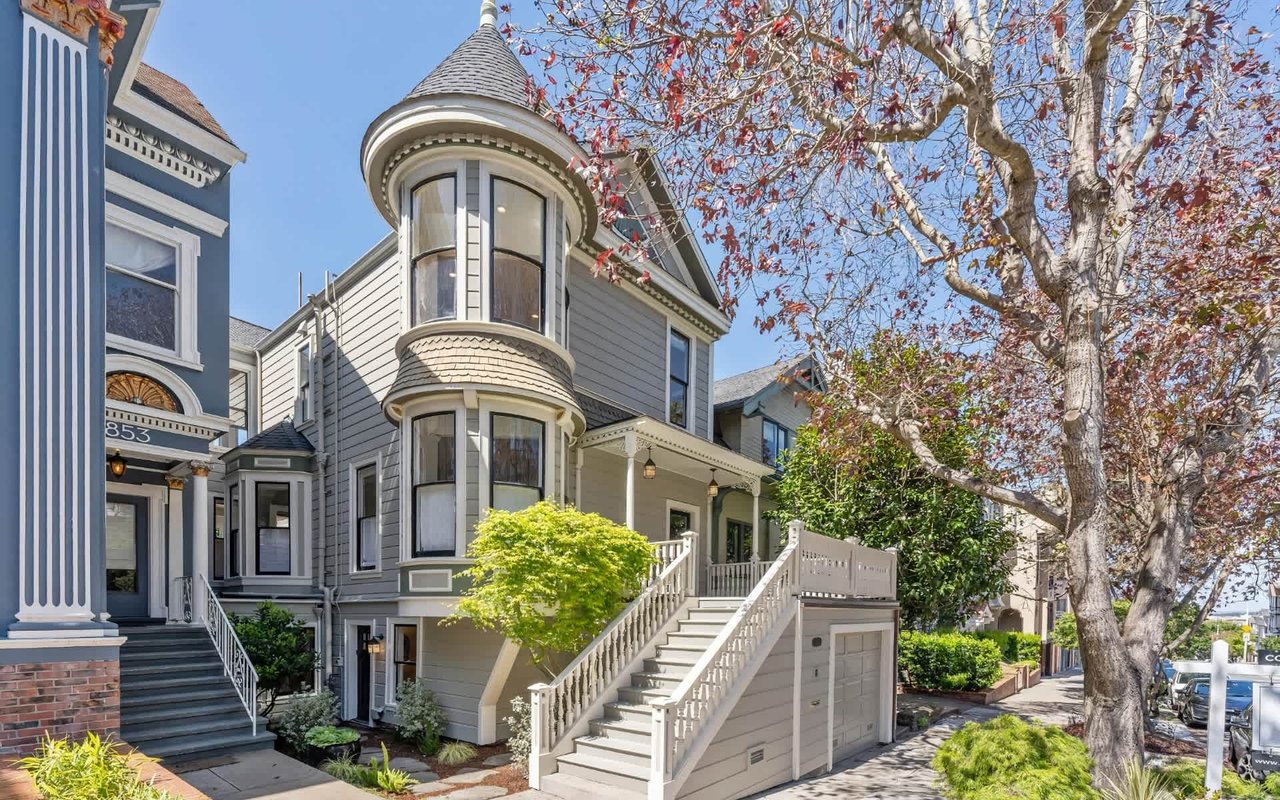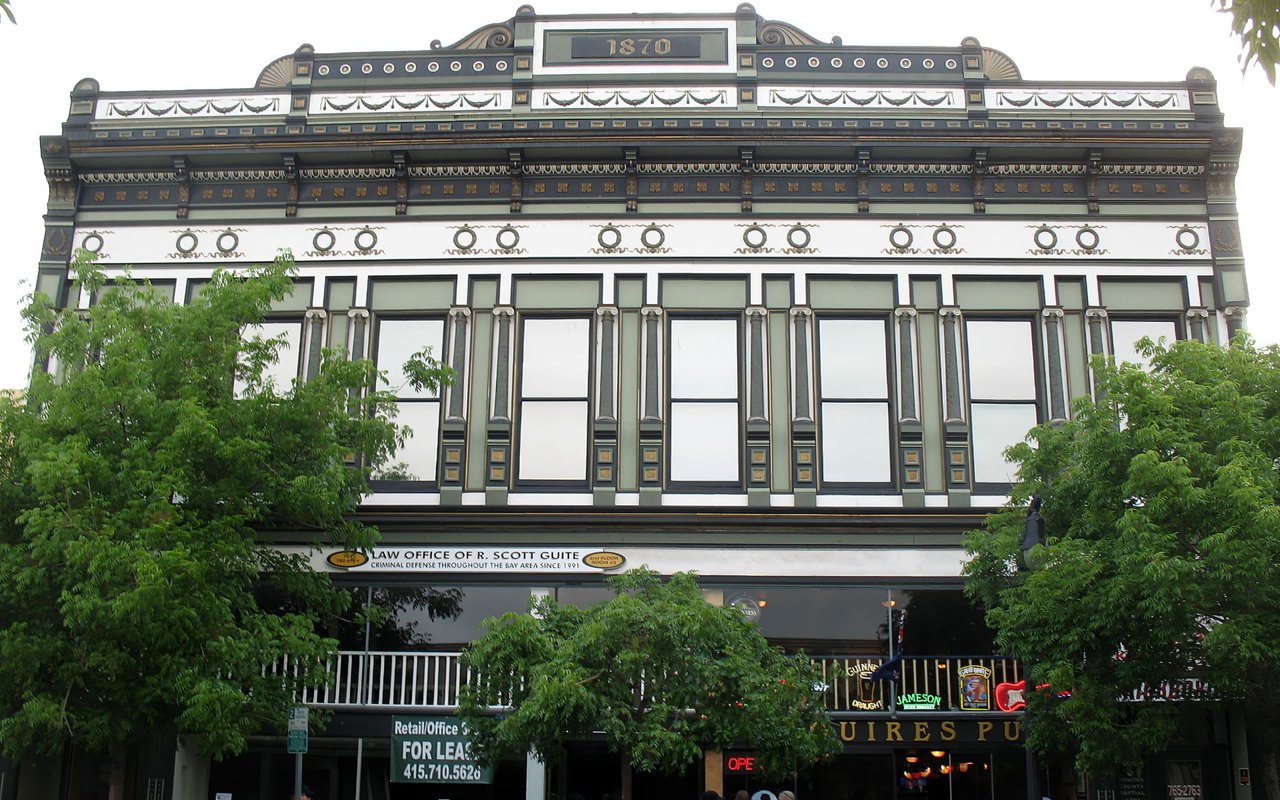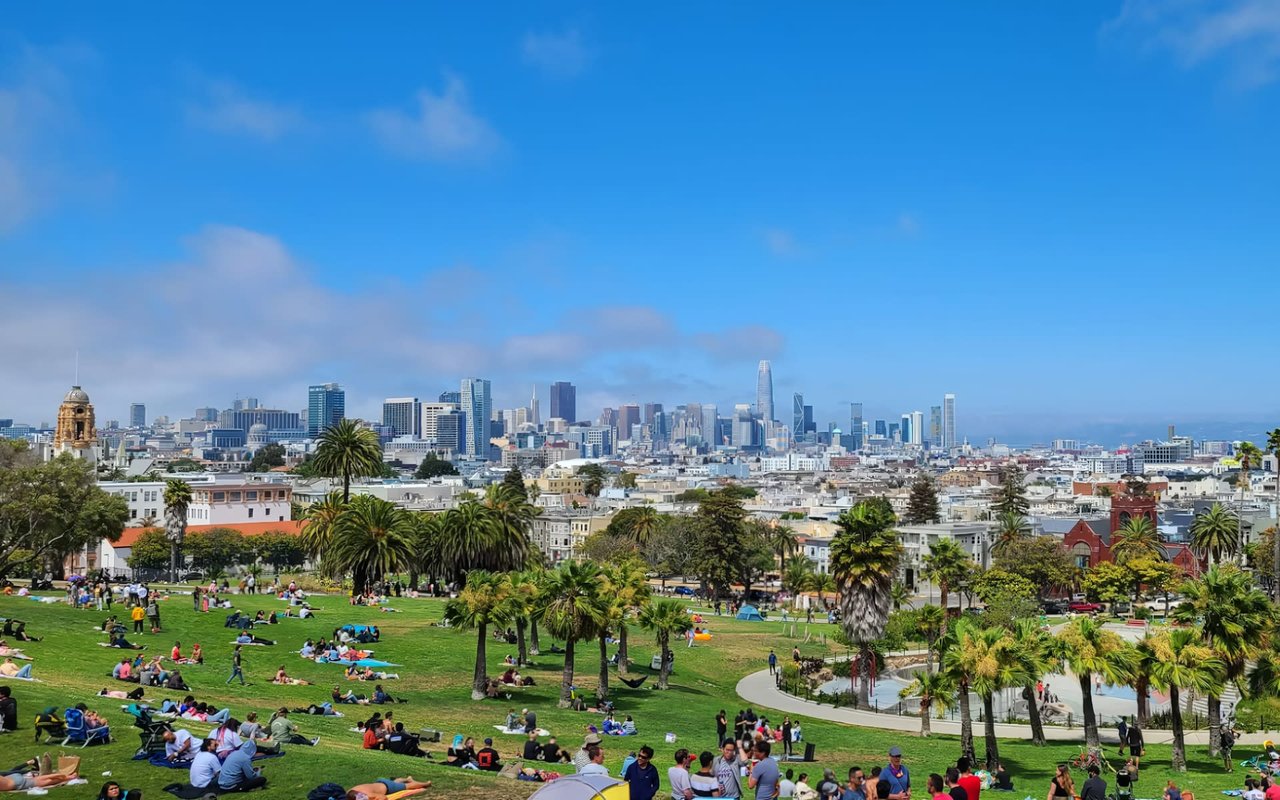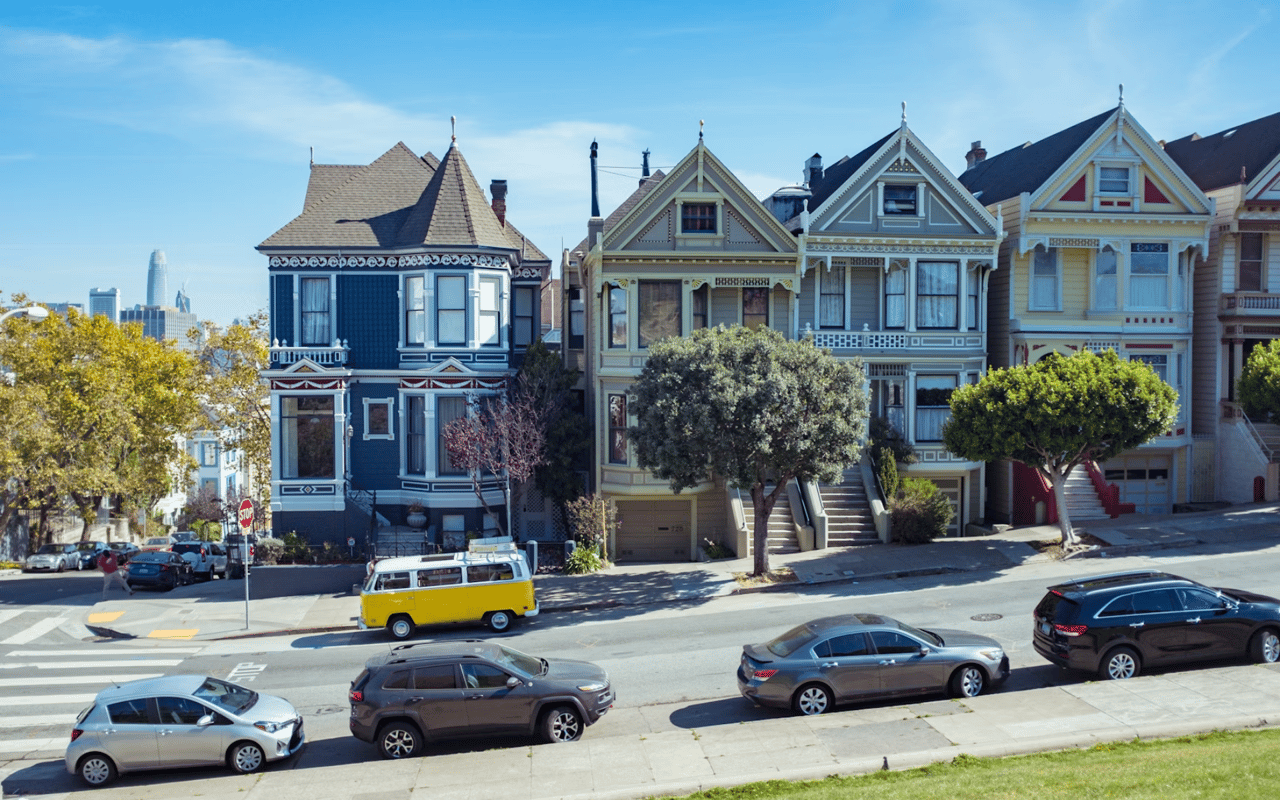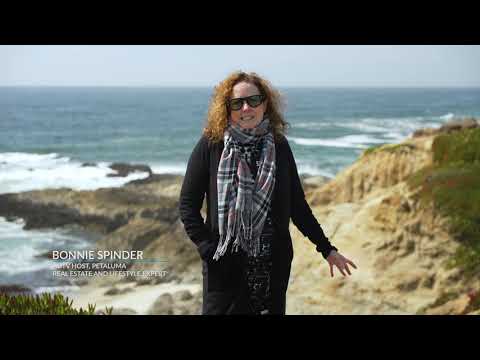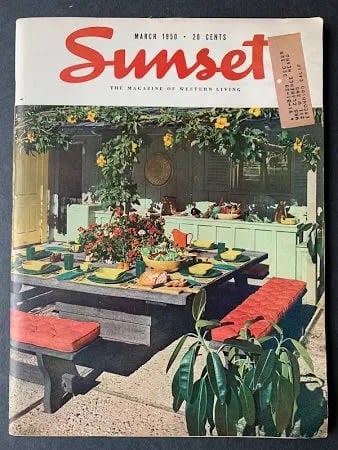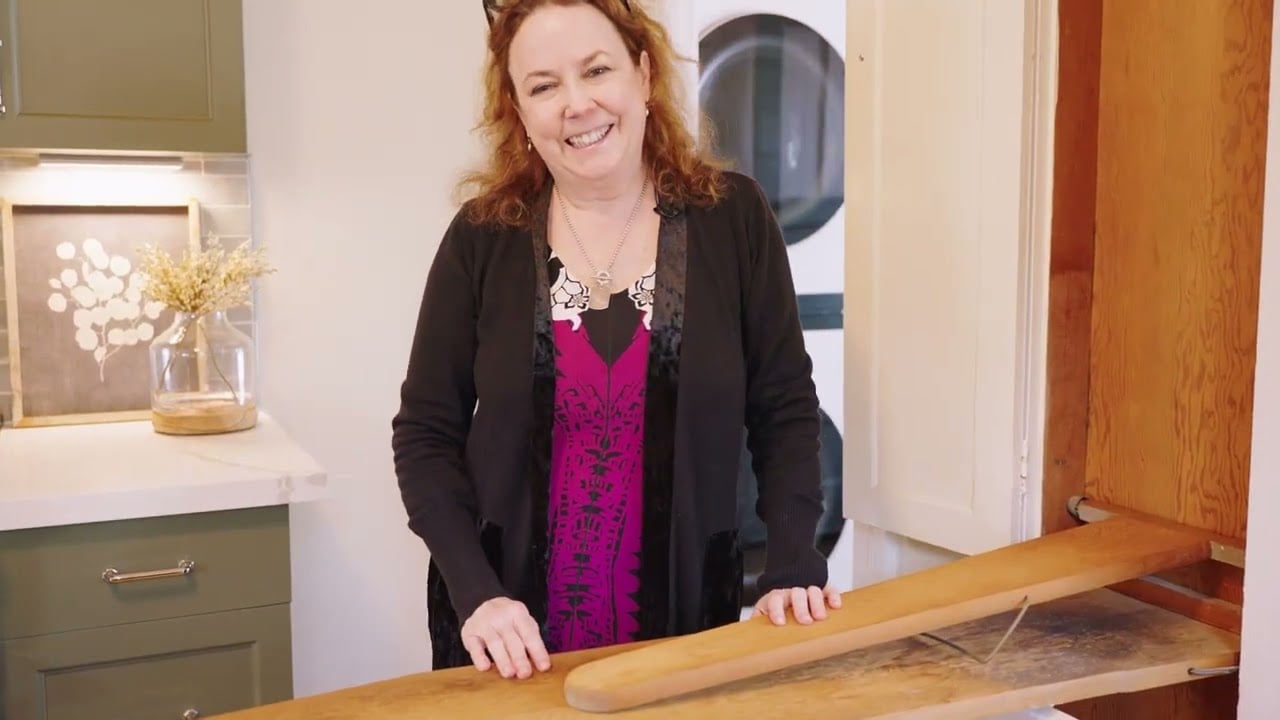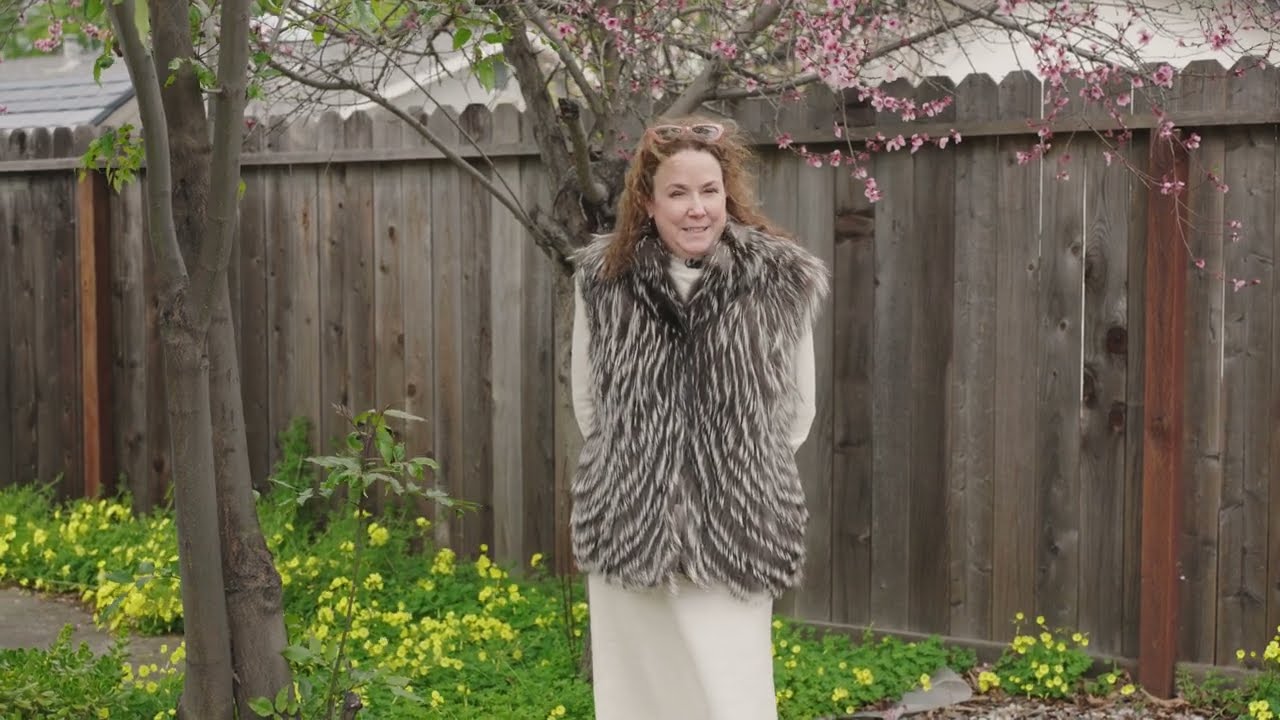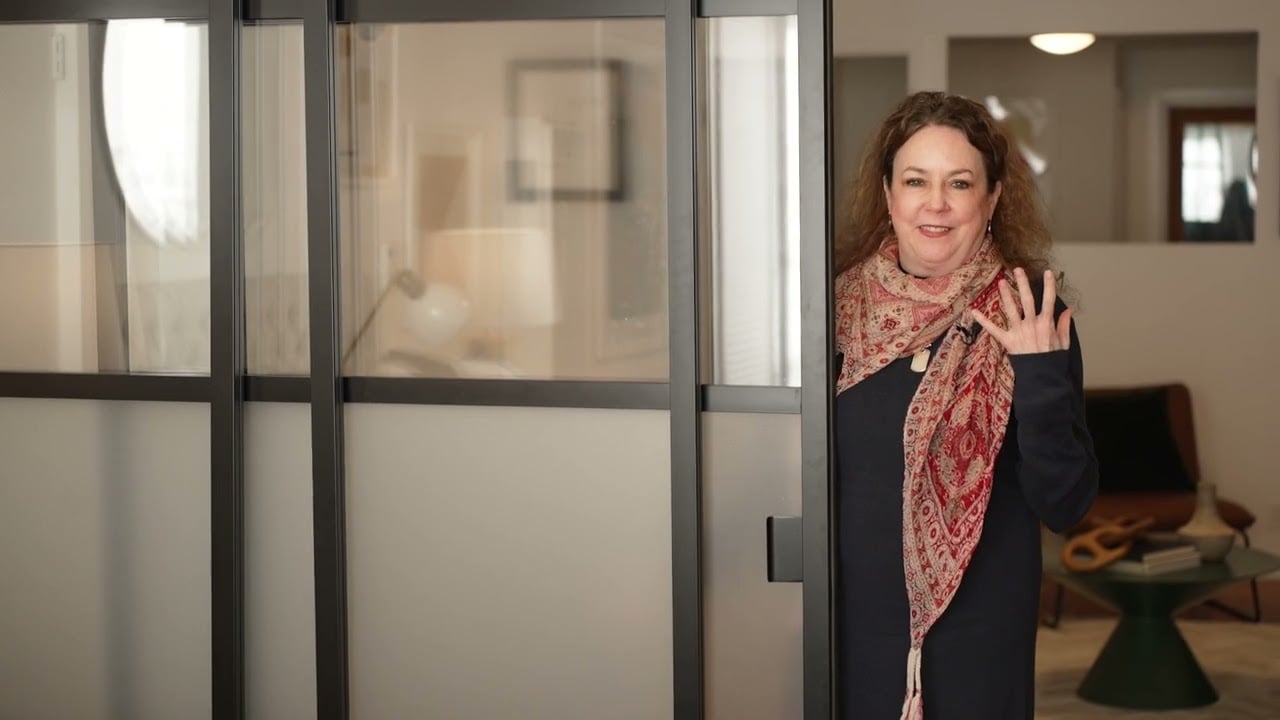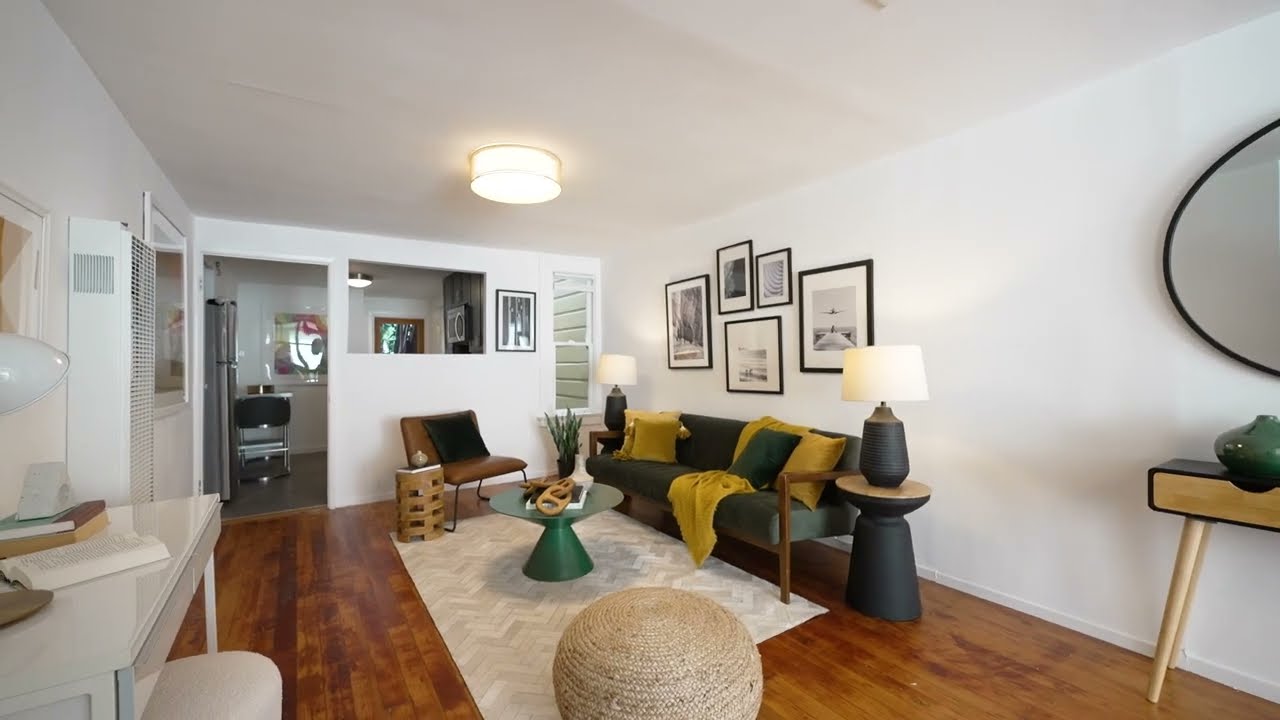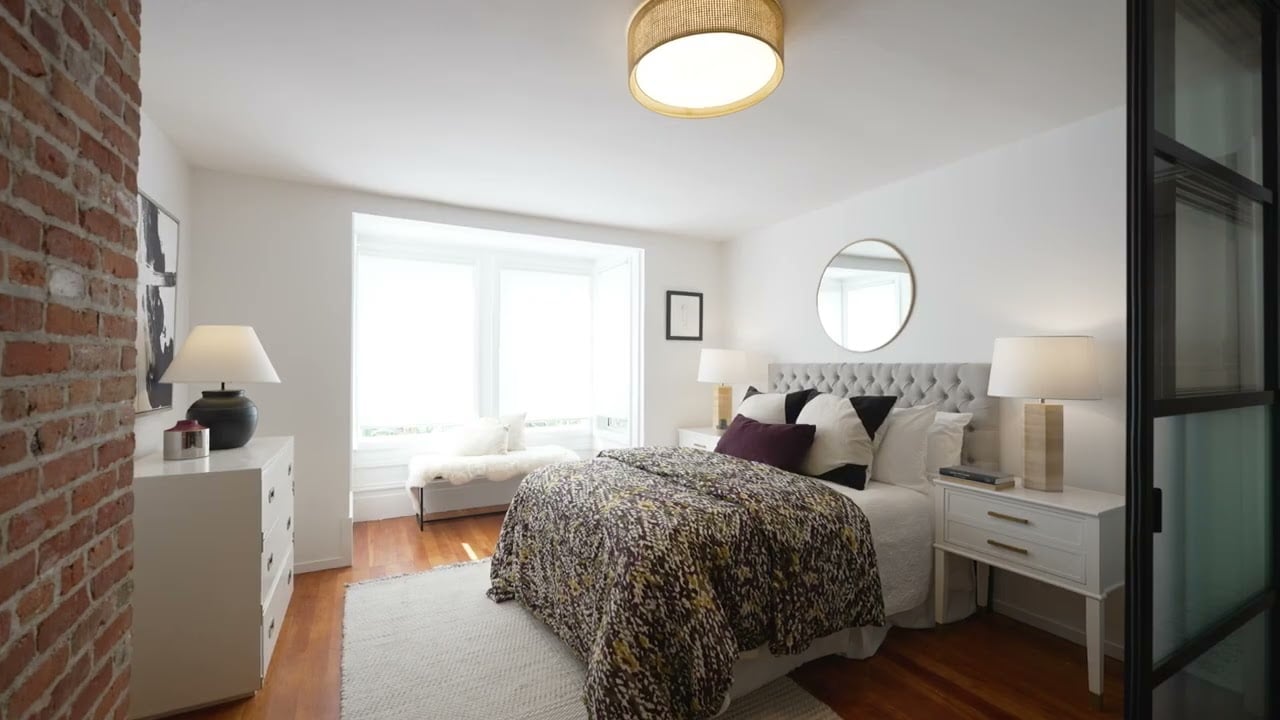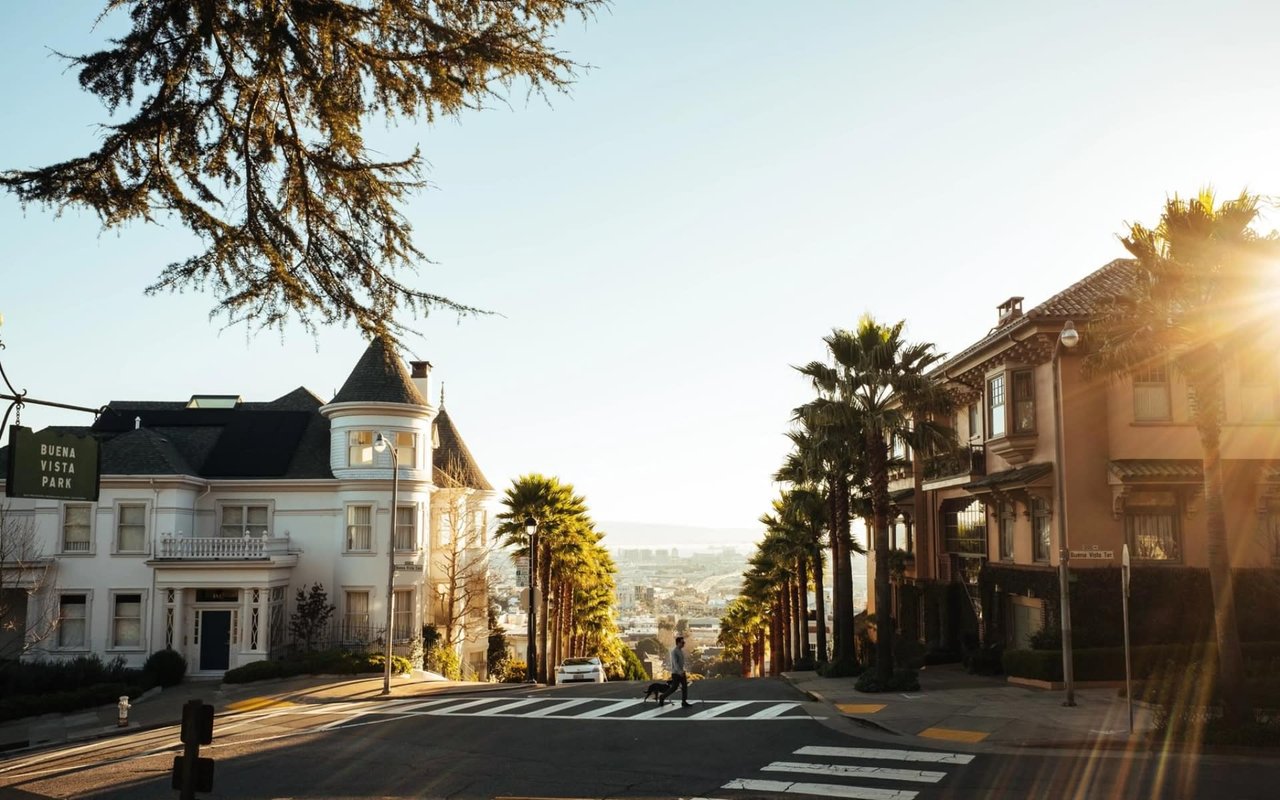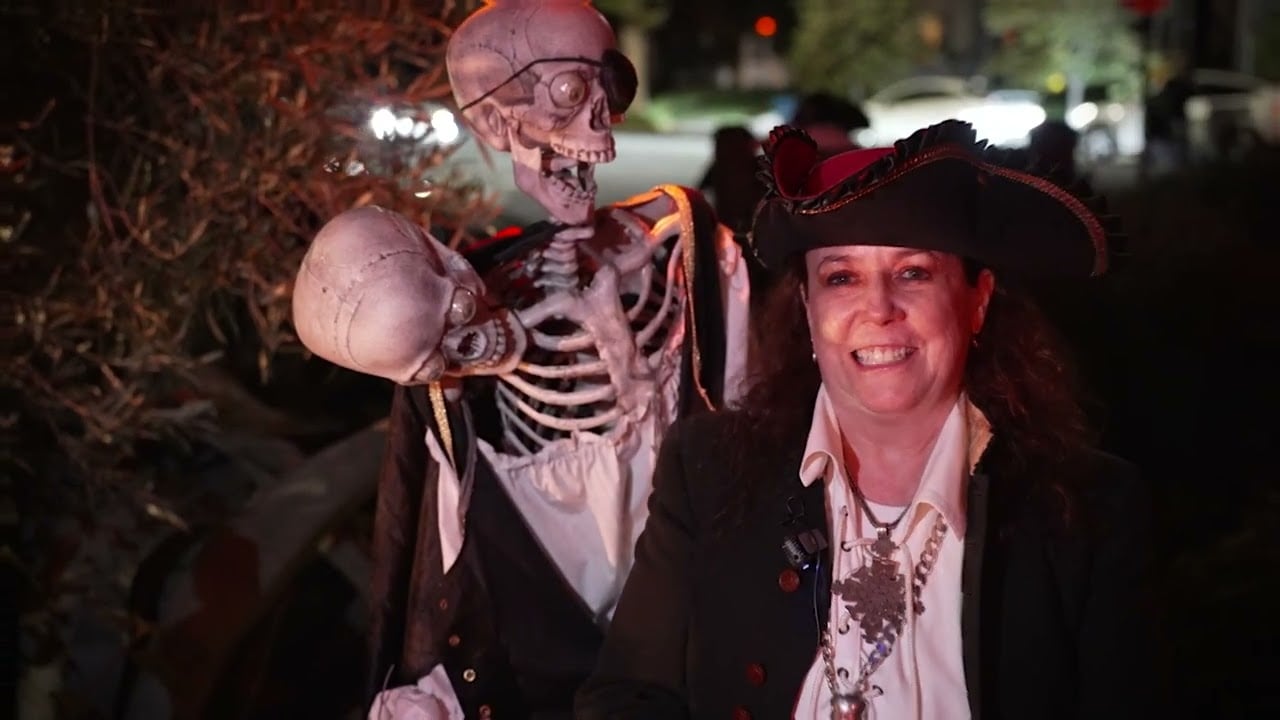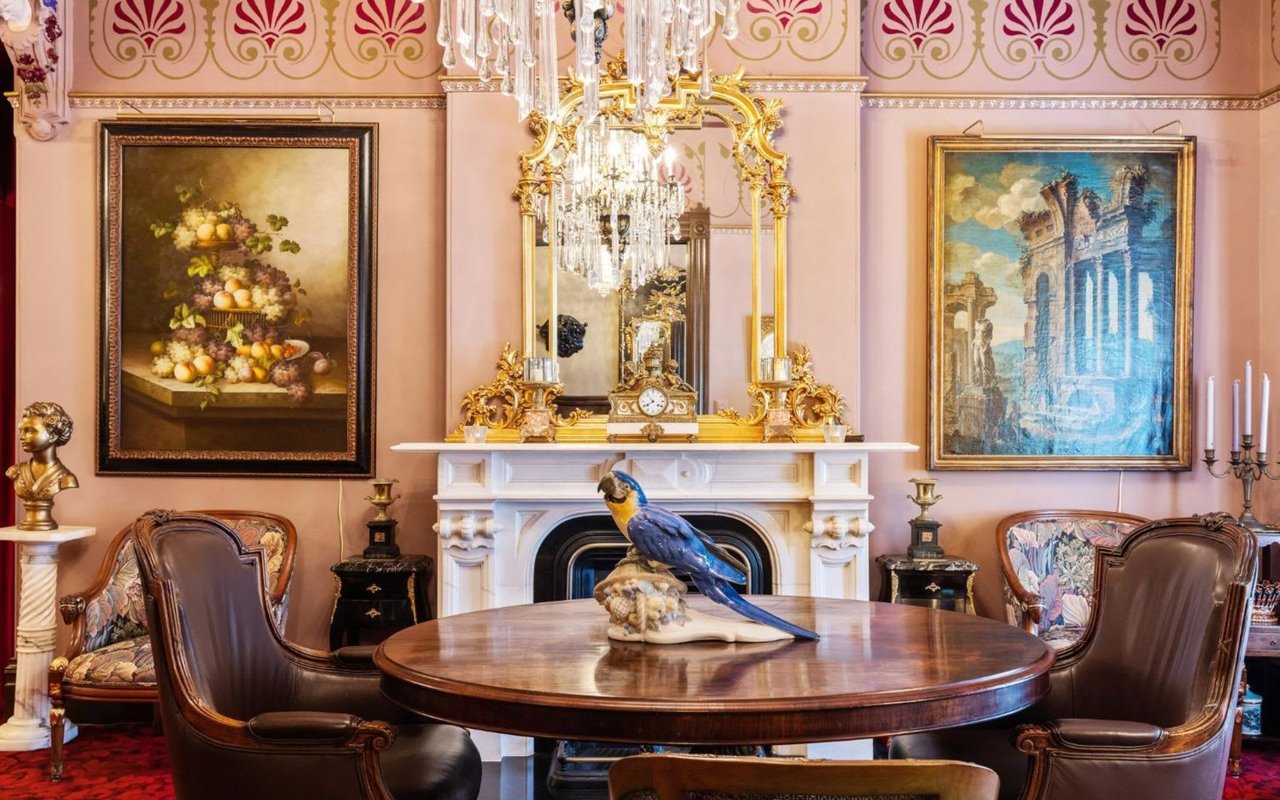1930’s Art Installation Teaches About Today’s Economy
In 1925 Willis Polk was commissioned to do what would turn out to be his last project. Polk designed the Beach Chalet which was destined to become City Landmark #179. On the furthest western edge of Golden Gate Park, the building was built to serve beach-goers: changing rooms, a cafe, bar, restaurant, and restrooms. Card tables and games were also available. Polk designed the structure in the Spanish_Revival style with an expansive colonnade, tile roof, a Moorish reception hall and ocean facing windows. It cost just $75,000 to build and opened May 30, 1925.
In 1929, the stock market crashed, causing people to lose their jobs and their homes. There was a run on the banks in 1933 which caused the financial system to implode. Economic chaos brought the United States to its knees and plunged it into the Great Depression. Franklin D Roosevelt took over the White House in 1933 and proposed the “New Deal”. He created a plan to provide employment for the unemployed of the United States. He provided hope, a helping hand, and a chicken in every pot.
The Works Progress Administration built new dams, hydroelectric plants, roads and bridges. It created jobs and efficiency that made the US the world’s largest economy.
The WPA’s Federal Art Project hired unemployed artists, famous and emerging to work on a number of projects across the country, including Coit Tower and the Beach Chalet. From 1936-1937, The WPA paid artists $38 a week to transform the interior spaces of the Beach Chalet.
While Conservative politicians ran on the platform that the WPA and the New Deal didn’t create enough jobs, it was actually a very successful program and did jump start the economy. It stopped the downward spiral of the economy and lifted the wages, spirits and welfare of millions of Americans. The economy grew at double digit rates in 1934 and 1936. The national output and income had fully recovered before the United States entered WWII. While the New Deal is slighted for the recovery and credit is given to the start of WWII, the economy did not grow as much during the war, and the money was better spent at home aiding its own citizens.
Today’s Republican’s have created a revisionist history of the New Deal to try and dissuade people from supporting the Green New Deal in Congress. This is a disservice to the past, and is damaging to our future as green house gasses and Global Warming need to be taken seriously and curtailed.
Painter: Lucien Labaudt, Frescos, SAN FRANCISCO SCENES, (1936-1937)
Mosaicist: Primo Caredio, Mosaics, TRIBUTE TO WINE MAKING, (1937)
Sculpture: Michael von Meyer, Woodwork banister, octopus tentacles, Deep-sea divers, fish
